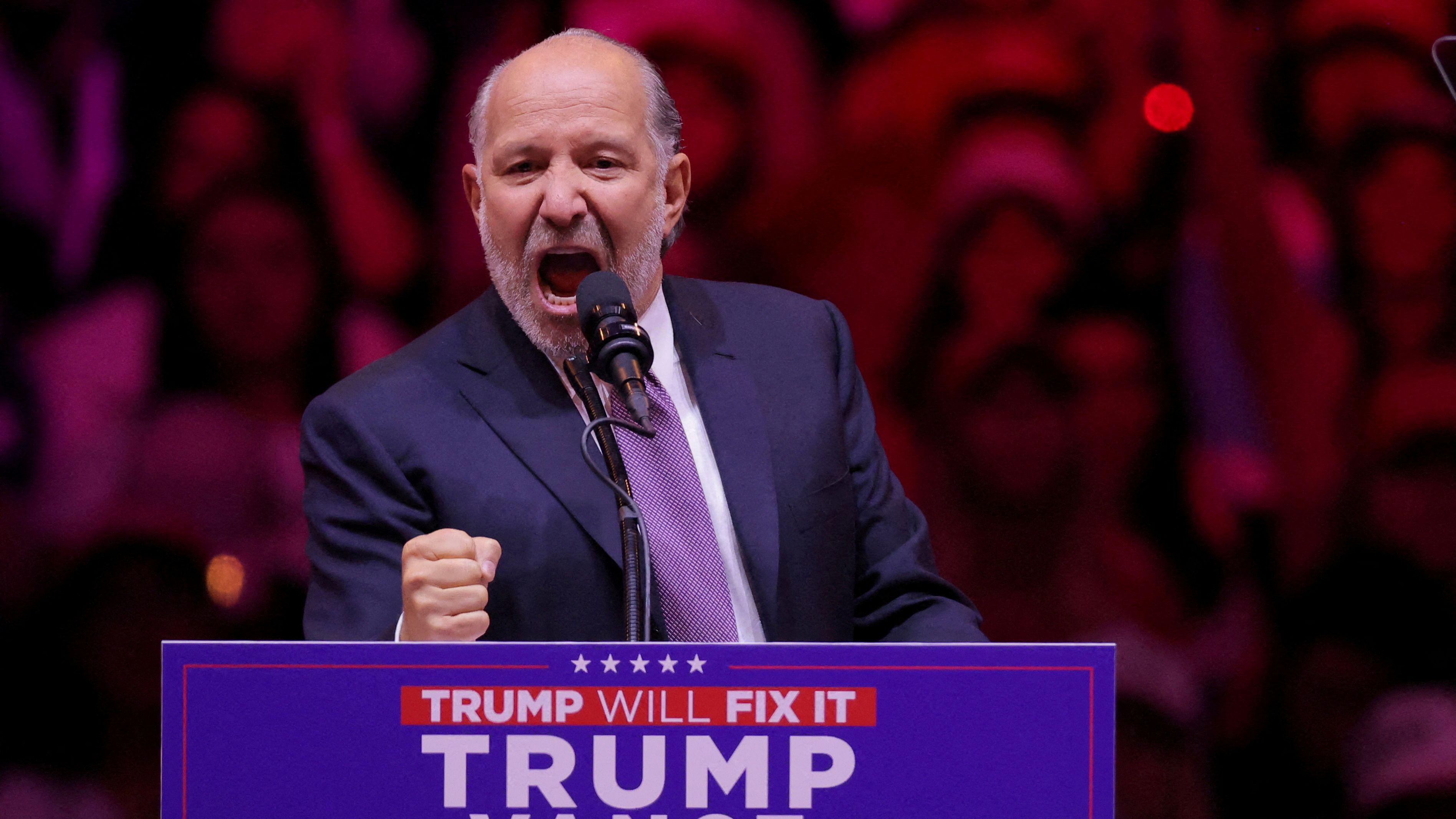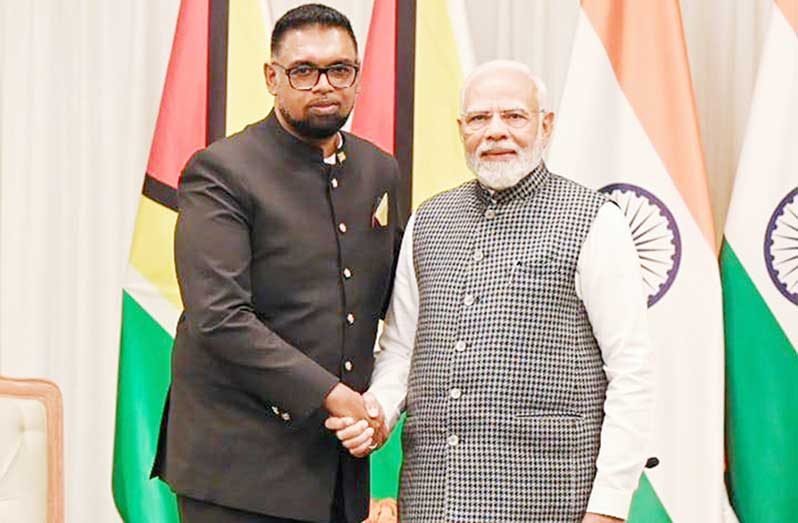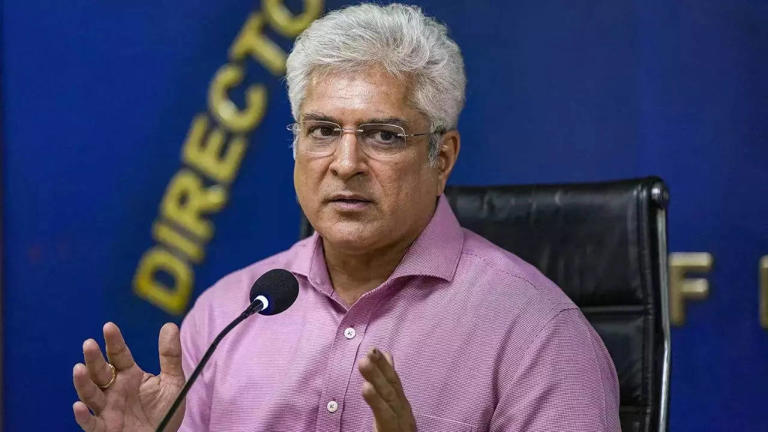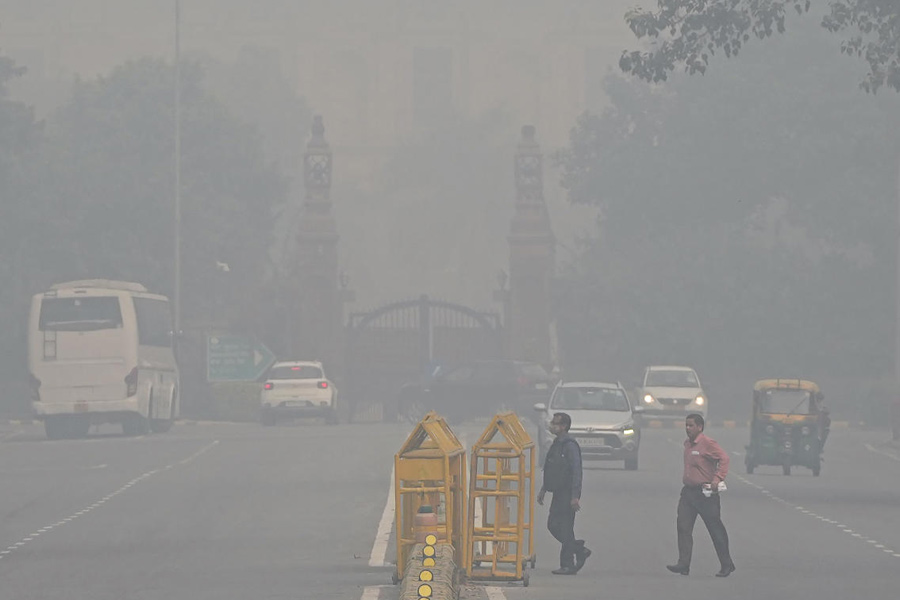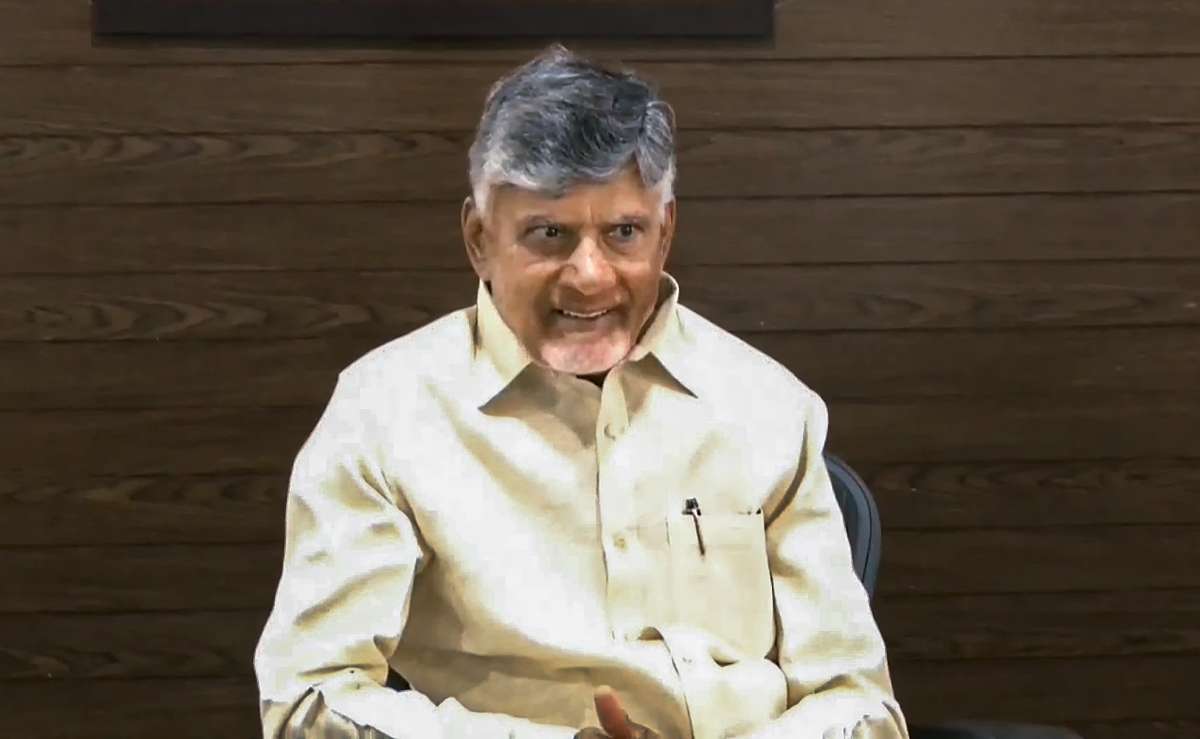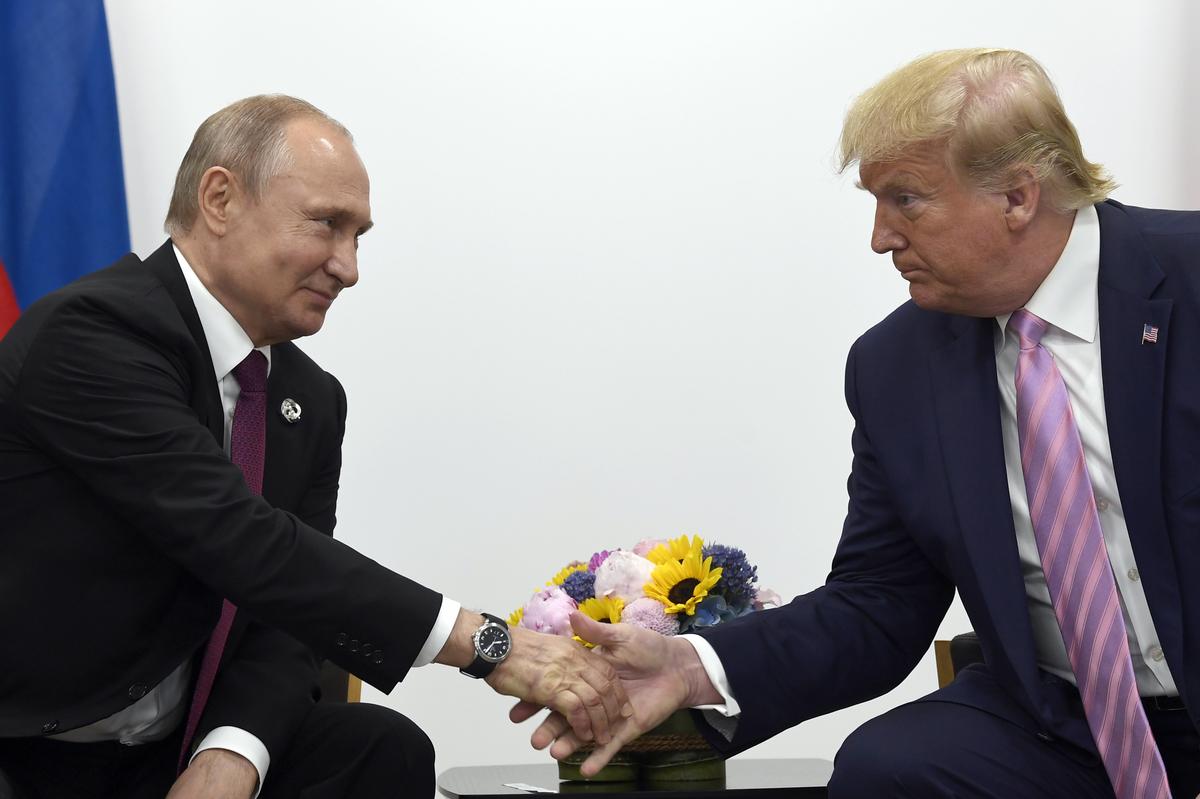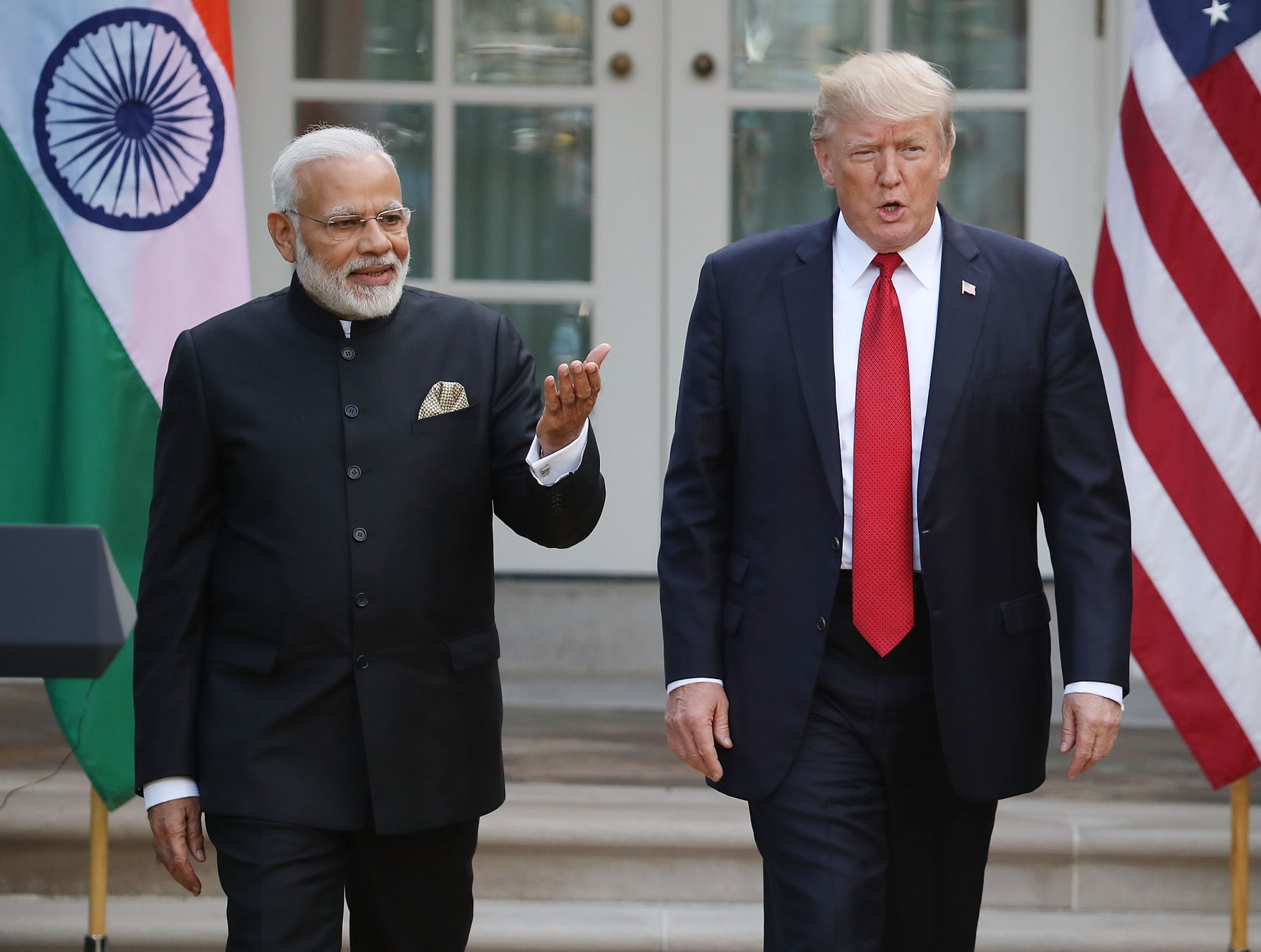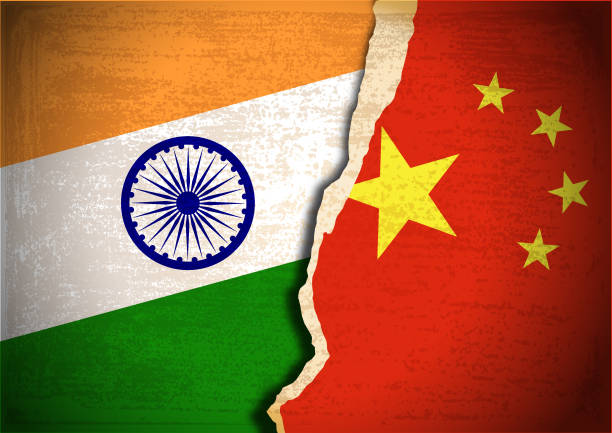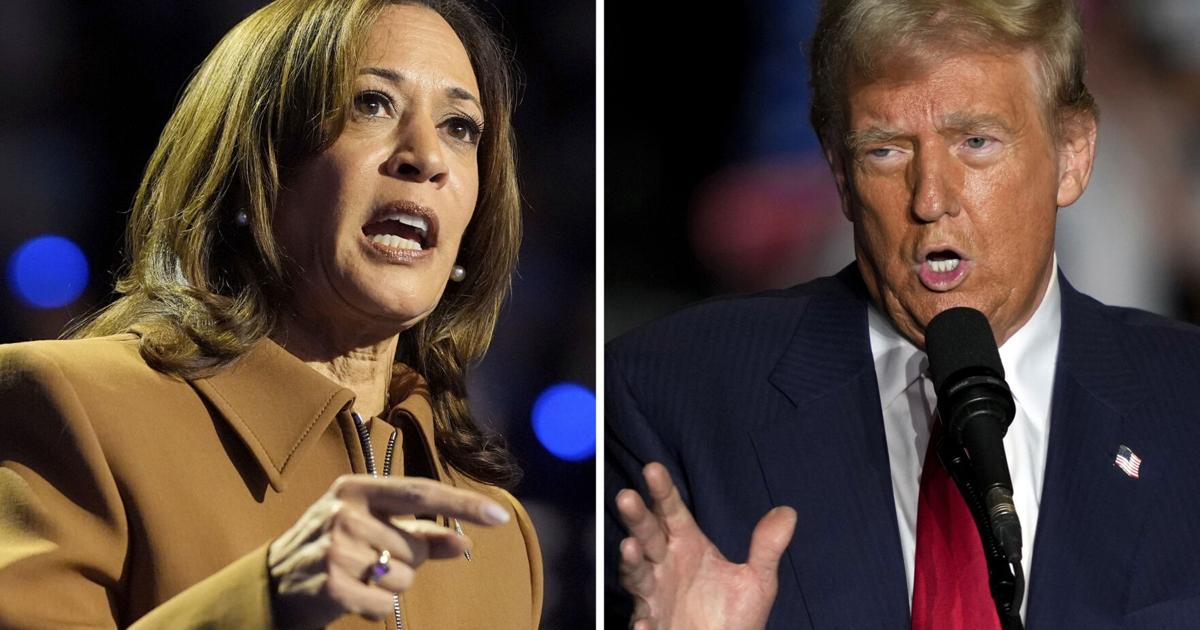Home / Home / Government Clarifies: No GST on High-Value UPI Transactions, Dismisses Rumors as Completely Baseless
Government Clarifies: No GST on High-Value UPI Transactions, Dismisses Rumors as Completely Baseless
By: My India Times
5 minutes read 137Updated At: 2025-04-19

Amid widespread speculation across social media and digital platforms, the Indian government has officially denied any plans to impose an 18% Goods and Services Tax (GST) on Unified Payments Interface (UPI) transactions exceeding ₹2,000. The clarification came following a surge in public concern over unverified reports suggesting that the government was mulling over a new taxation measure targeting digital payments.
The Central Board of Indirect Taxes and Customs (CBIC), the apex body responsible for administering indirect taxes such as GST, stepped forward to categorically refute these rumors. In an official statement released on Friday, the CBIC asserted that the circulating claims were “completely false, misleading, and without any basis whatsoever.”
No GST on UPI Transactions: CBIC Sets the Record Straight
The CBIC’s clarification came in the form of a detailed post on X (formerly Twitter), where it addressed the misinformation head-on. “The claims that the Government is considering levying GST on UPI transactions over ₹2,000 are completely false, misleading, and without any basis,” the board posted.
It emphasized that no such proposal is under consideration by the government. Moreover, the board clarified that GST is applicable only on specific payment-related charges, such as the Merchant Discount Rate (MDR), and not on the digital transactions themselves.
“Effective January 2020, the Central Board of Direct Taxes (CBDT) has removed MDR on Person-to-Merchant (P2M) UPI transactions through the Gazette Notification dated 30th December 2019. Since currently no MDR is charged on UPI transactions, there is consequently no GST applicable to these transactions,” the CBIC stated.
What Is MDR and Why Is It Important?
To understand the context of this clarification, it is essential to grasp what MDR stands for and how it works. The Merchant Discount Rate is a fee that merchants are charged by banks or payment processors for accepting payments via digital methods like credit cards, debit cards, or UPI. This fee is usually a small percentage of the transaction value.
In December 2019, the government decided to eliminate MDR charges on transactions made via UPI and RuPay cards for businesses with an annual turnover of more than ₹50 crore. The goal was to promote digital payments and reduce the burden on both merchants and consumers. This move was formalized via a notification in the Gazette, effective January 1, 2020.
Given that no MDR is levied on UPI transactions currently, there is no base amount upon which GST could be calculated. Therefore, the notion of imposing an 18% GST on such transactions is not only impractical but also factually incorrect.
Where Did the Rumor Originate?
The recent surge in misinformation appears to have stemmed from misinterpretation or deliberate distortion of policy discussions around digital transactions. Several social media posts and forwarded messages claimed that the government was planning to implement an 18% GST on UPI transactions above ₹2,000—a claim that quickly spread, prompting panic among users and small business owners.
This isn’t the first time misleading content regarding UPI charges has circulated. Digital payment platforms, given their increasing penetration across urban and rural India, often become the subject of misinformation. The CBIC's prompt response highlights the importance of relying on verified information from official sources before drawing conclusions or spreading unverified content.
Digital Payments Continue to Grow in India
India has emerged as one of the global leaders in digital payments, with UPI playing a pivotal role in this transformation. According to data from the National Payments Corporation of India (NPCI), UPI transactions surpassed 13 billion in March 2024 alone, indicating a robust and growing trust in the platform.
This growth has been made possible largely due to the government’s continued push toward a cashless economy and the strategic removal of barriers such as MDR. By ensuring that digital payments remain free of hidden charges, the government has encouraged both merchants and consumers to embrace new-age payment technologies.
Any move to impose additional costs on these transactions would go against the current policy thrust, which makes the recent rumor even more implausible.
Industry Reactions: Relief and Support
Industry experts and digital payment stakeholders welcomed the government’s clarification. Several fintech leaders noted that such rumors, if left unaddressed, could have negatively impacted digital payment adoption, especially among small and medium enterprises.
A senior executive from a leading digital wallet company said, “It’s reassuring to see the government respond swiftly to clarify misinformation. UPI has revolutionized payments in India, and maintaining its zero-cost structure is essential for its continued success.”
Retail associations also expressed relief. “A GST on UPI transactions would have been disastrous for small shopkeepers who rely heavily on digital payments for daily transactions. Thankfully, the government has laid all doubts to rest,” said a spokesperson from the Confederation of All India Traders (CAIT).
Citizens Urged to Verify Information
Following the incident, CBIC has urged citizens to cross-check any information related to government policy with official websites and handles. The board reiterated that policy updates are always communicated through credible channels such as press releases, gazette notifications, and official social media accounts.
In a digital-first era, where information travels faster than ever, it becomes even more critical for users to distinguish between credible news and baseless speculation. Misinformation, particularly concerning financial regulations, can lead to panic, poor decision-making, and unnecessary public distrust.
Final Word
To conclude, the government has made it abundantly clear that there is no GST on UPI transactions, regardless of the transaction amount. The rumors circulating online have been categorically debunked, and the existing policy continues to support zero-MDR digital payments for the benefit of both merchants and consumers.
As India moves steadily toward a digital-first financial ecosystem, such reaffirmations play a crucial role in reinforcing public confidence and ensuring smooth, secure, and cost-effective payment solutions for all.
For authentic updates, citizens are advised to follow official handles of CBIC, NPCI, and the Ministry of Finance and refrain from forwarding unverified information.
....Amid widespread speculation across social media and digital platforms, the Indian government has officially denied any plans to impose an 18% Goods and Services Tax (GST) on Unified Payments Interface (UPI) transactions exceeding ₹2,000. The clarification came following a surge in public concern over unverified reports suggesting that the government was mulling over a new taxation measure targeting digital payments.
The Central Board of Indirect Taxes and Customs (CBIC), the apex body responsible for administering indirect taxes such as GST, stepped forward to categorically refute these rumors. In an official statement released on Friday, the CBIC asserted that the circulating claims were “completely false, misleading, and without any basis whatsoever.”
No GST on UPI Transactions: CBIC Sets the Record Straight
The CBIC’s clarification came in the form of a detailed post on X (formerly Twitter), where it addressed the misinformation head-on. “The claims that the Government is considering levying GST on UPI transactions over ₹2,000 are completely false, misleading, and without any basis,” the board posted.
It emphasized that no such proposal is under consideration by the government. Moreover, the board clarified that GST is applicable only on specific payment-related charges, such as the Merchant Discount Rate (MDR), and not on the digital transactions themselves.
“Effective January 2020, the Central Board of Direct Taxes (CBDT) has removed MDR on Person-to-Merchant (P2M) UPI transactions through the Gazette Notification dated 30th December 2019. Since currently no MDR is charged on UPI transactions, there is consequently no GST applicable to these transactions,” the CBIC stated.
What Is MDR and Why Is It Important?
To understand the context of this clarification, it is essential to grasp what MDR stands for and how it works. The Merchant Discount Rate is a fee that merchants are charged by banks or payment processors for accepting payments via digital methods like credit cards, debit cards, or UPI. This fee is usually a small percentage of the transaction value.
In December 2019, the government decided to eliminate MDR charges on transactions made via UPI and RuPay cards for businesses with an annual turnover of more than ₹50 crore. The goal was to promote digital payments and reduce the burden on both merchants and consumers. This move was formalized via a notification in the Gazette, effective January 1, 2020.
Given that no MDR is levied on UPI transactions currently, there is no base amount upon which GST could be calculated. Therefore, the notion of imposing an 18% GST on such transactions is not only impractical but also factually incorrect.
Where Did the Rumor Originate?
The recent surge in misinformation appears to have stemmed from misinterpretation or deliberate distortion of policy discussions around digital transactions. Several social media posts and forwarded messages claimed that the government was planning to implement an 18% GST on UPI transactions above ₹2,000—a claim that quickly spread, prompting panic among users and small business owners.
This isn’t the first time misleading content regarding UPI charges has circulated. Digital payment platforms, given their increasing penetration across urban and rural India, often become the subject of misinformation. The CBIC's prompt response highlights the importance of relying on verified information from official sources before drawing conclusions or spreading unverified content.
Digital Payments Continue to Grow in India
India has emerged as one of the global leaders in digital payments, with UPI playing a pivotal role in this transformation. According to data from the National Payments Corporation of India (NPCI), UPI transactions surpassed 13 billion in March 2024 alone, indicating a robust and growing trust in the platform.
This growth has been made possible largely due to the government’s continued push toward a cashless economy and the strategic removal of barriers such as MDR. By ensuring that digital payments remain free of hidden charges, the government has encouraged both merchants and consumers to embrace new-age payment technologies.
Any move to impose additional costs on these transactions would go against the current policy thrust, which makes the recent rumor even more implausible.
Industry Reactions: Relief and Support
Industry experts and digital payment stakeholders welcomed the government’s clarification. Several fintech leaders noted that such rumors, if left unaddressed, could have negatively impacted digital payment adoption, especially among small and medium enterprises.
A senior executive from a leading digital wallet company said, “It’s reassuring to see the government respond swiftly to clarify misinformation. UPI has revolutionized payments in India, and maintaining its zero-cost structure is essential for its continued success.”
Retail associations also expressed relief. “A GST on UPI transactions would have been disastrous for small shopkeepers who rely heavily on digital payments for daily transactions. Thankfully, the government has laid all doubts to rest,” said a spokesperson from the Confederation of All India Traders (CAIT).
Citizens Urged to Verify Information
Following the incident, CBIC has urged citizens to cross-check any information related to government policy with official websites and handles. The board reiterated that policy updates are always communicated through credible channels such as press releases, gazette notifications, and official social media accounts.
In a digital-first era, where information travels faster than ever, it becomes even more critical for users to distinguish between credible news and baseless speculation. Misinformation, particularly concerning financial regulations, can lead to panic, poor decision-making, and unnecessary public distrust.
Final Word
To conclude, the government has made it abundantly clear that there is no GST on UPI transactions, regardless of the transaction amount. The rumors circulating online have been categorically debunked, and the existing policy continues to support zero-MDR digital payments for the benefit of both merchants and consumers.
As India moves steadily toward a digital-first financial ecosystem, such reaffirmations play a crucial role in reinforcing public confidence and ensuring smooth, secure, and cost-effective payment solutions for all.
For authentic updates, citizens are advised to follow official handles of CBIC, NPCI, and the Ministry of Finance and refrain from forwarding unverified information.
By: My India Times
Updated At: 2025-04-19
Tags: Home News | My India Times News | Trending News | Travel News
Join our WhatsApp Channel

Similiar News

US Supreme Court Rejects 26/11 Accused Tahawwur Rana’s Plea to Block Extradition to India
2025-03-08























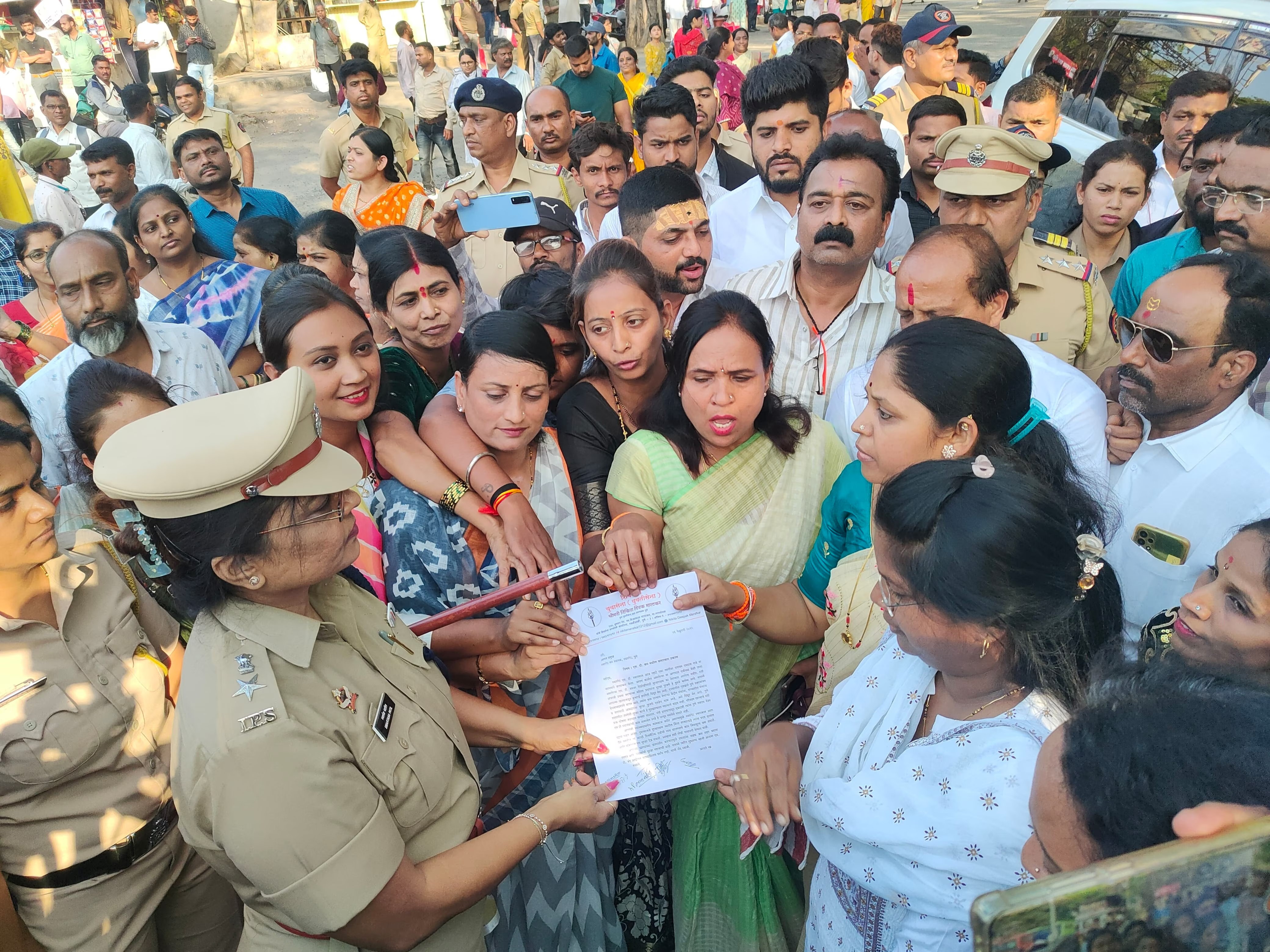


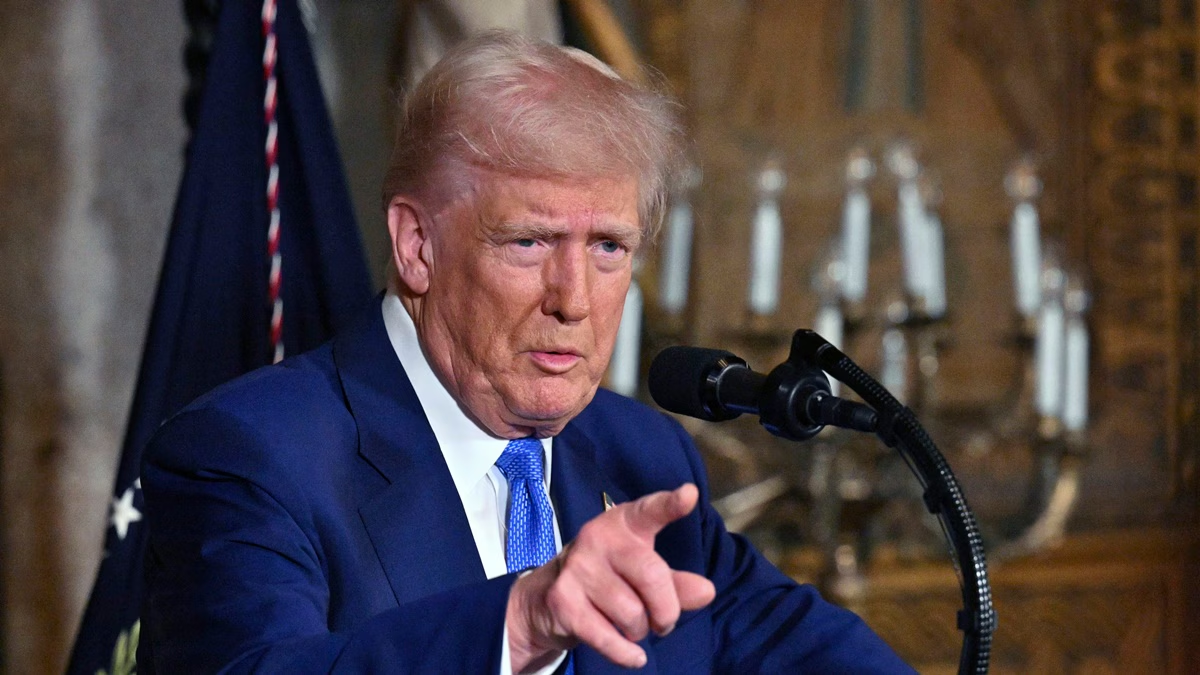
















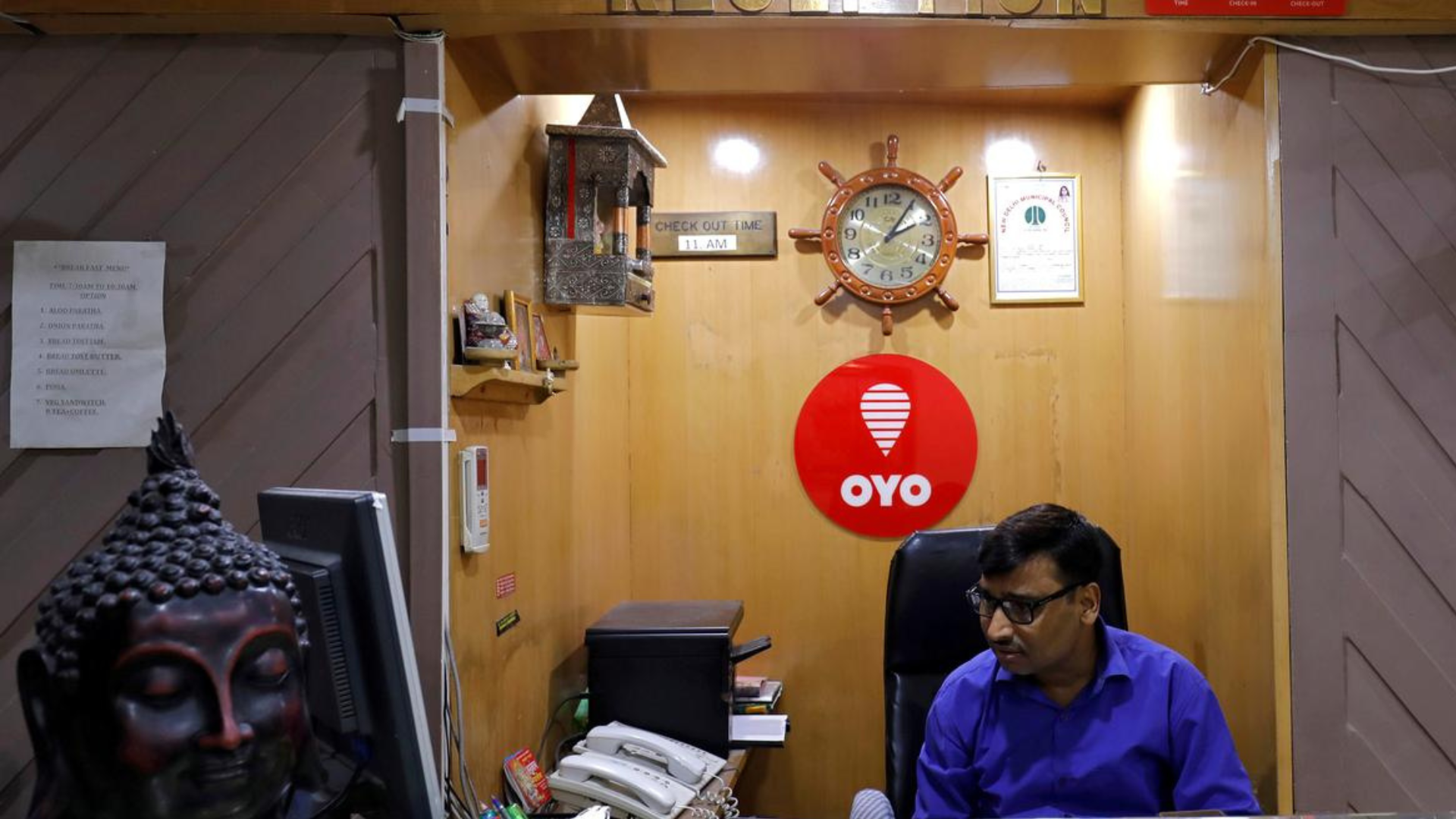

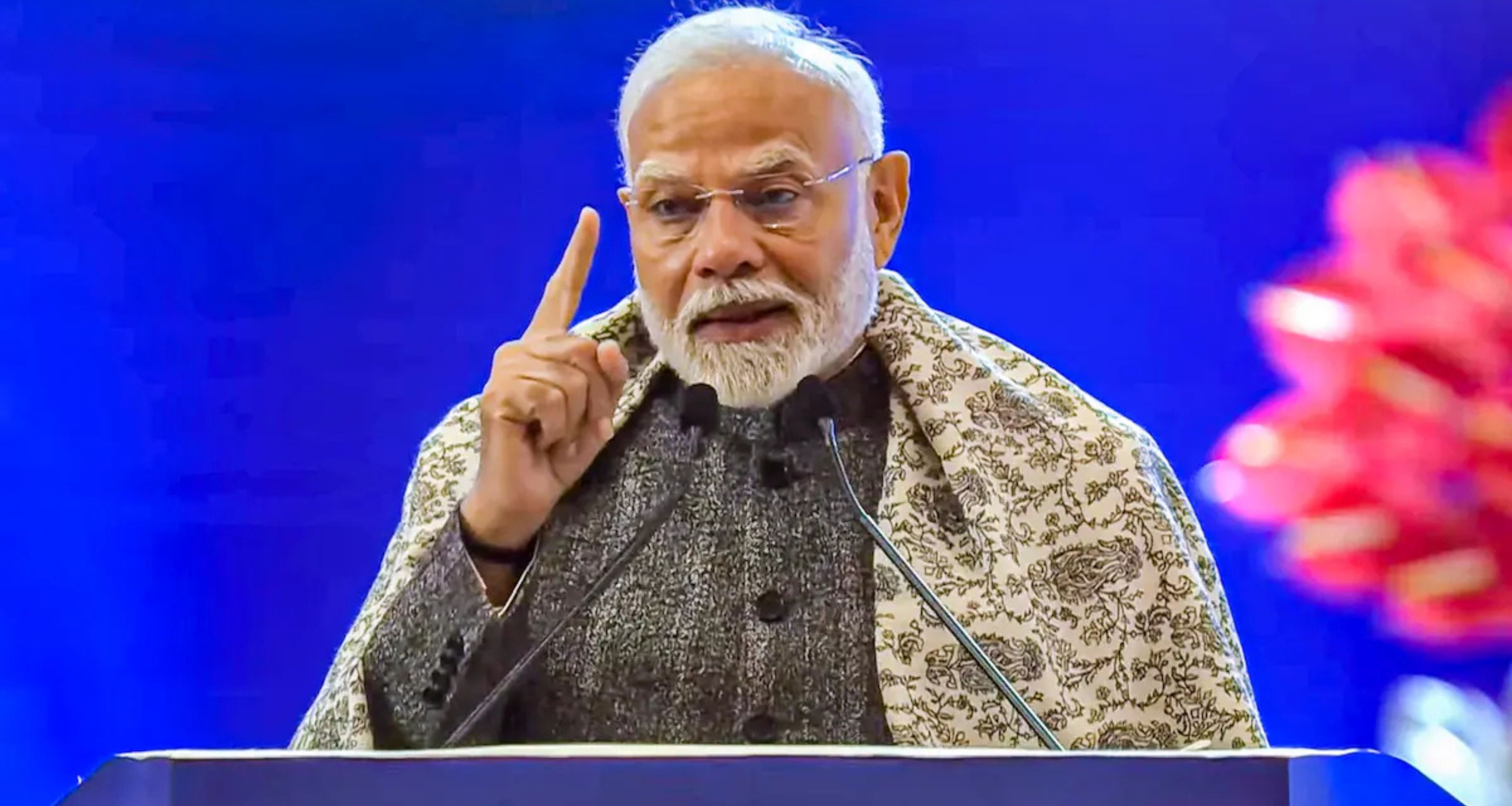



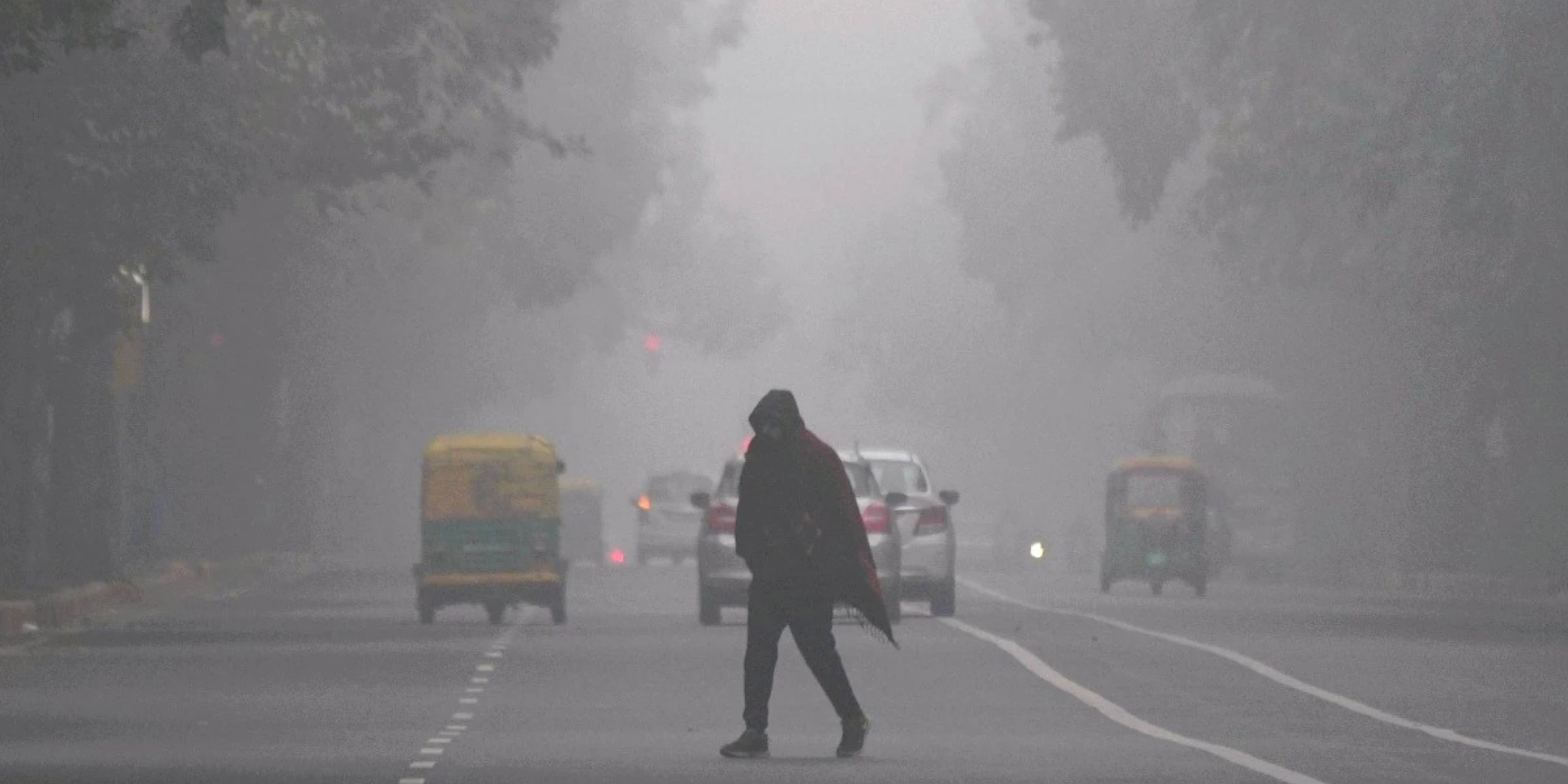




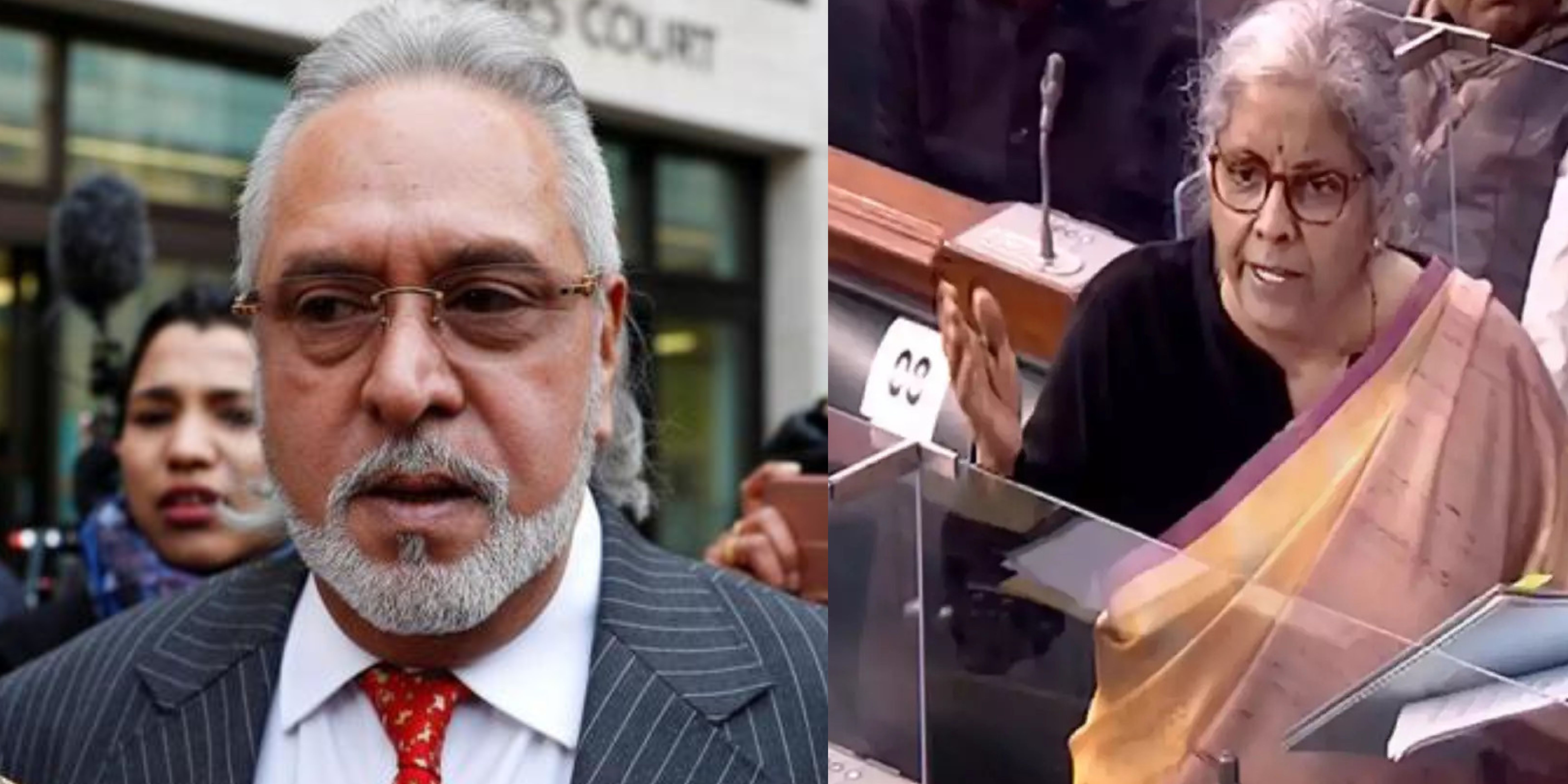
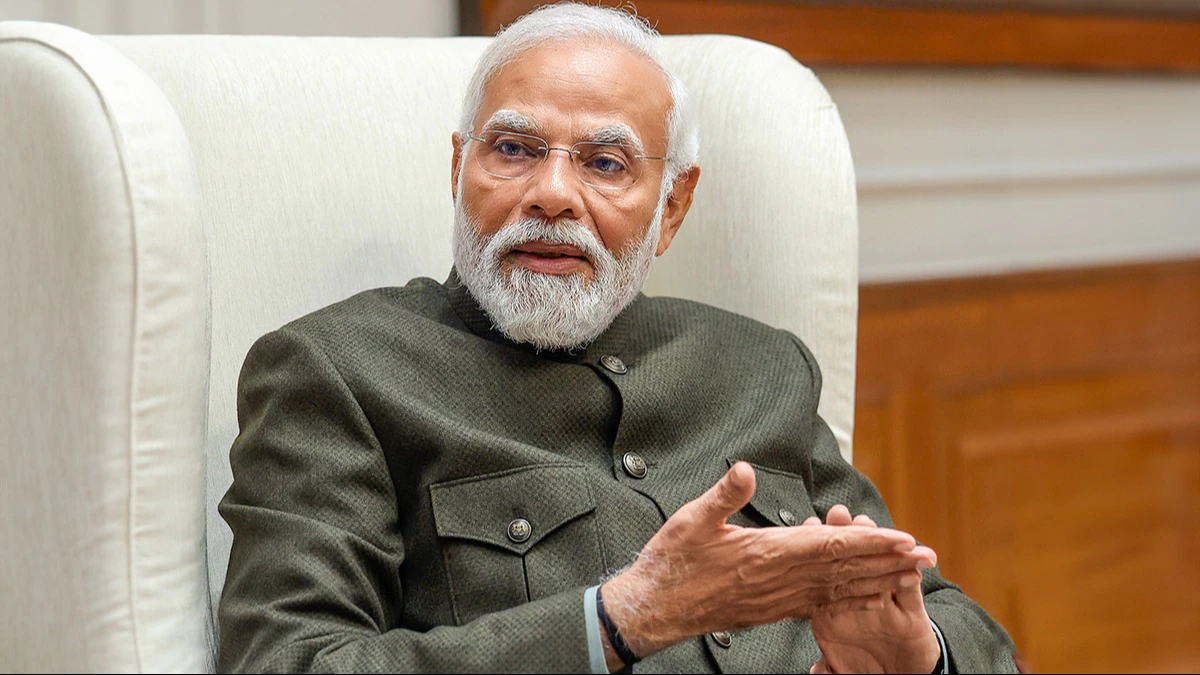






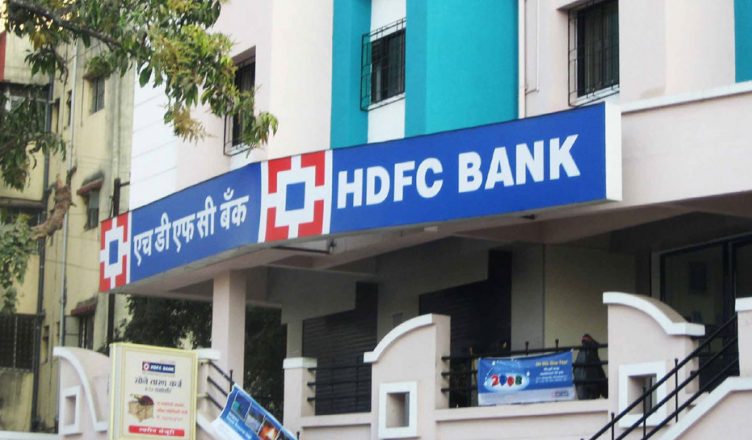

.jfif)





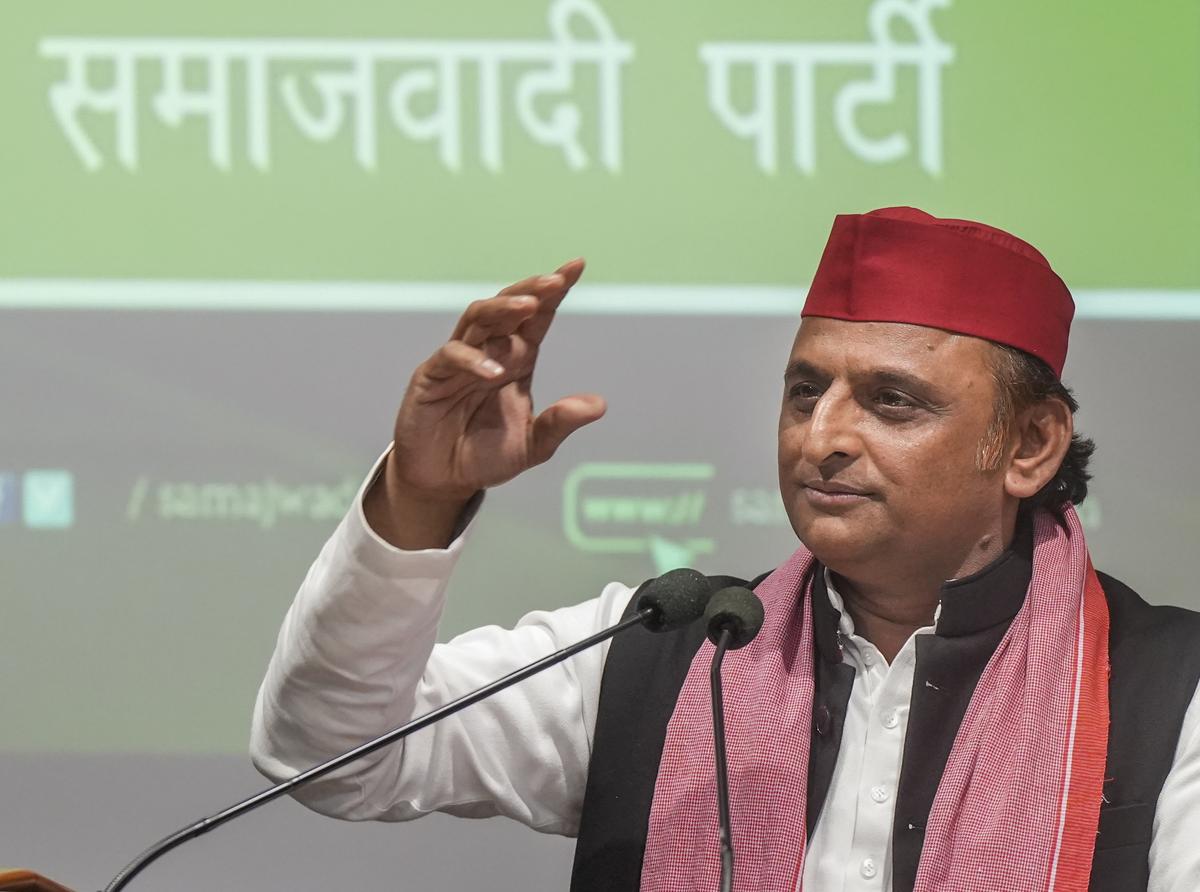

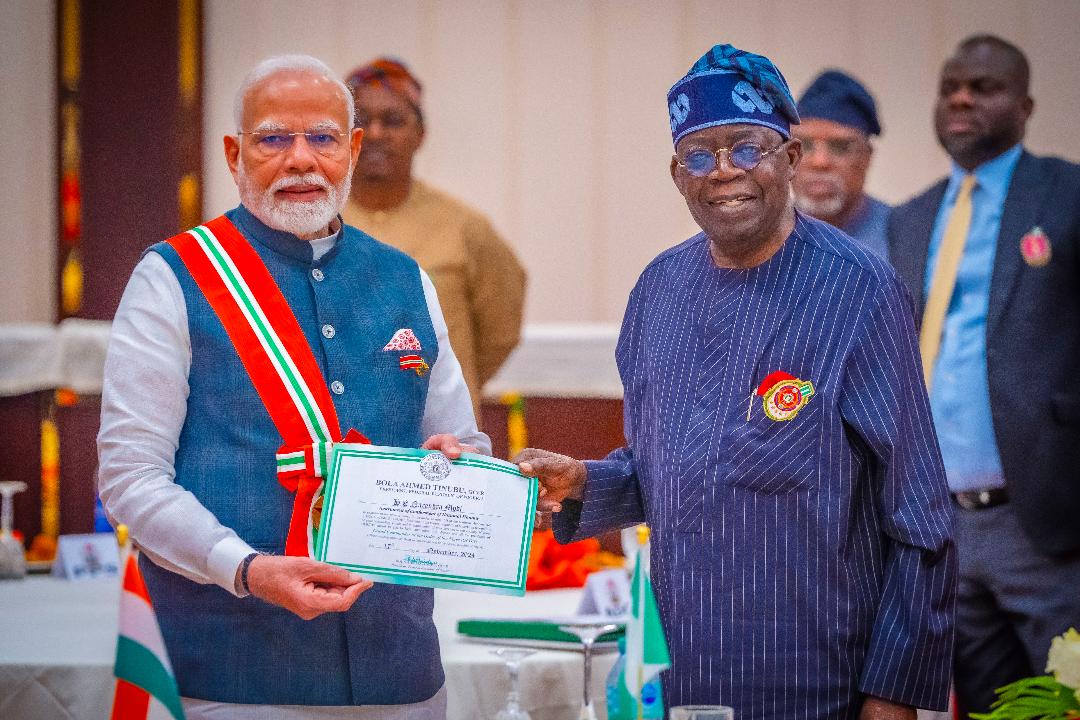

.jpg)

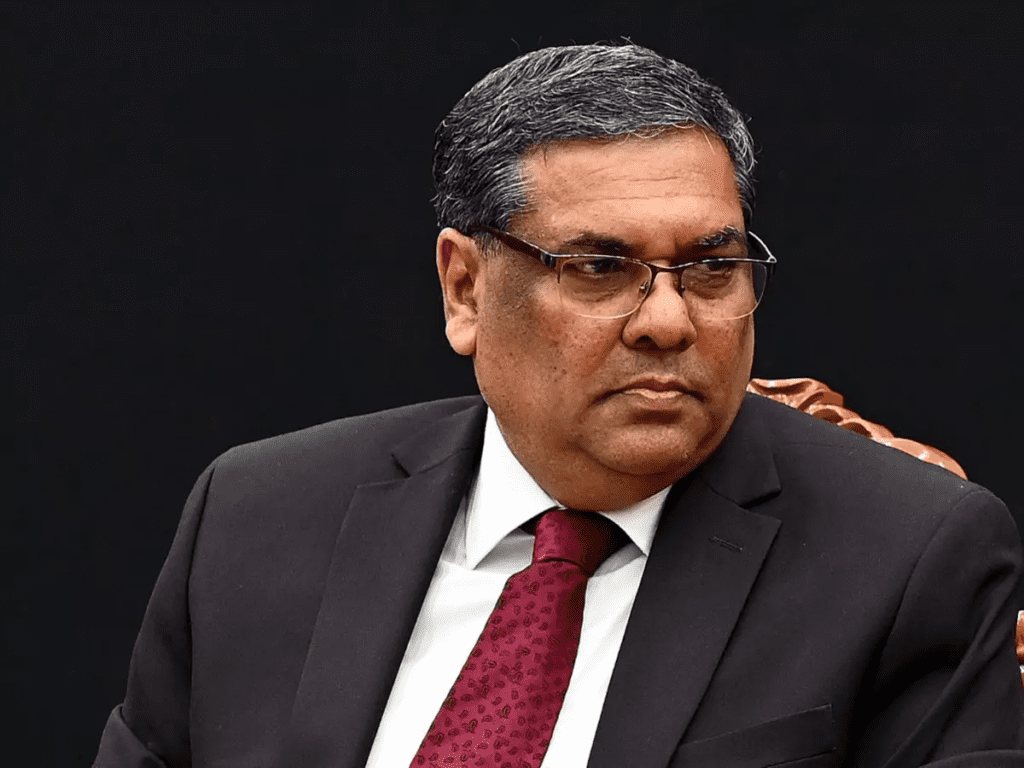



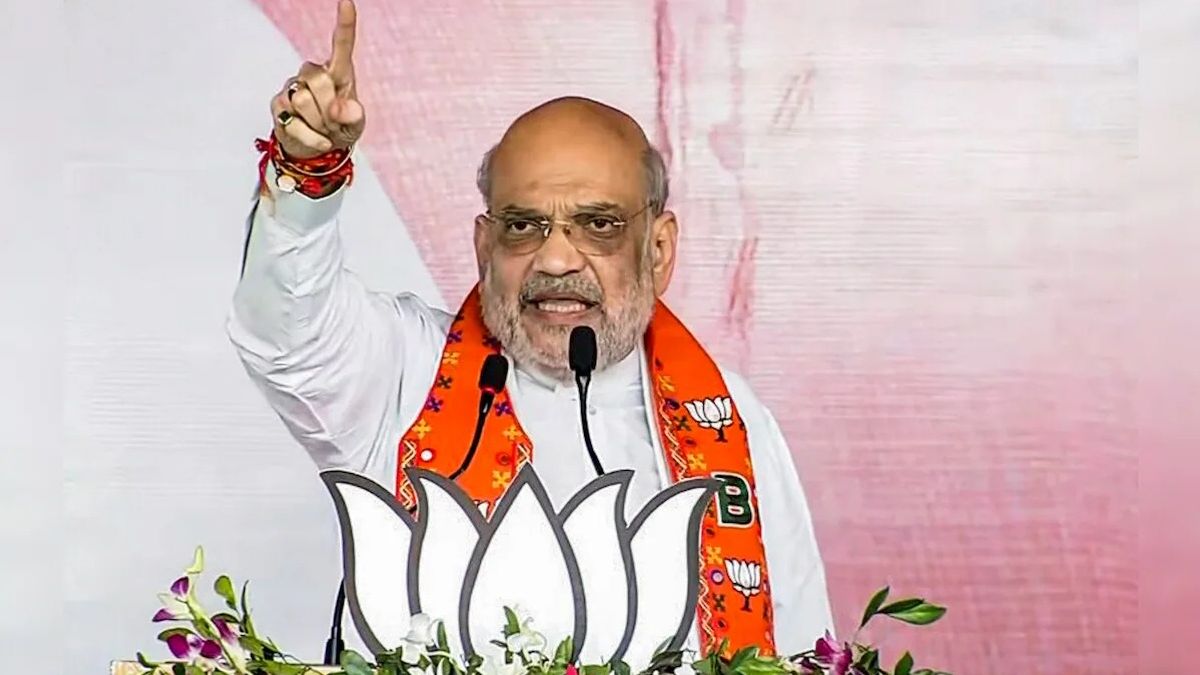
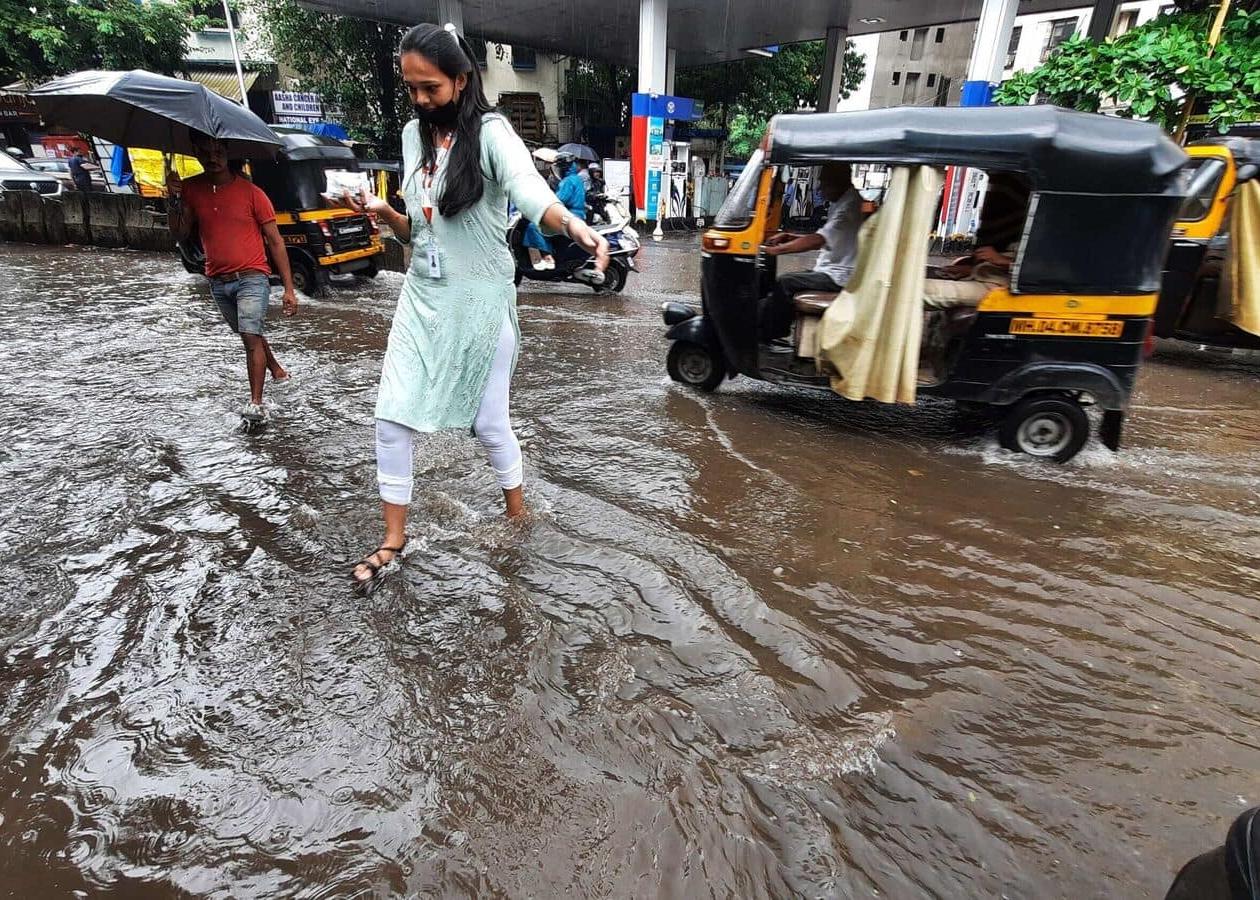



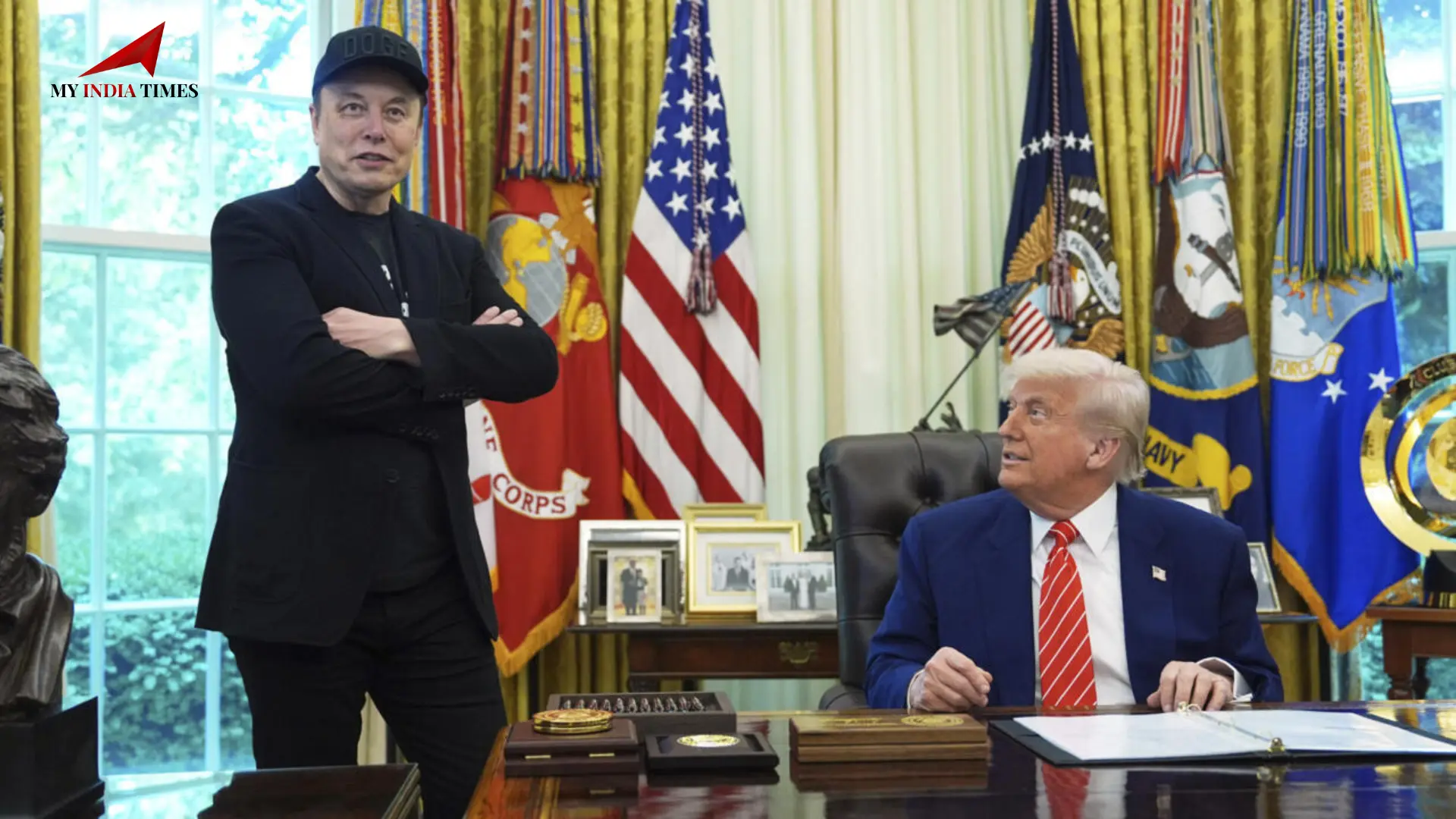


















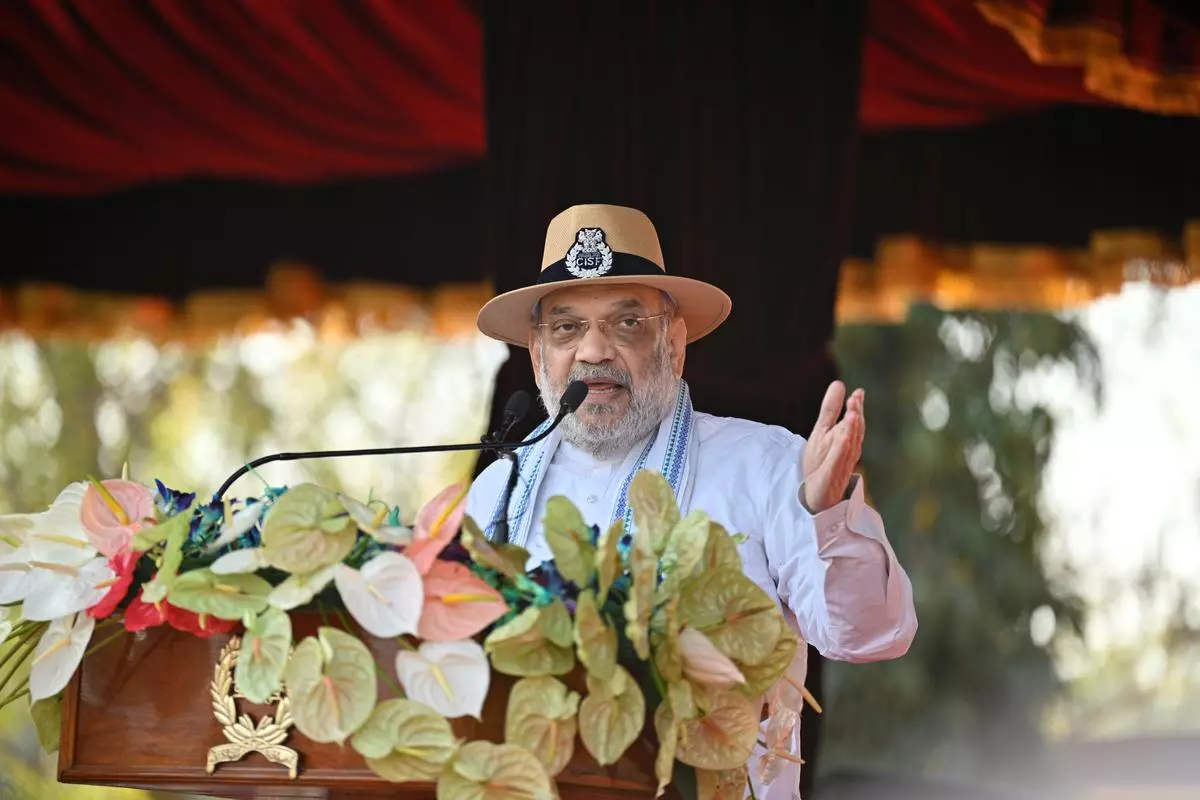






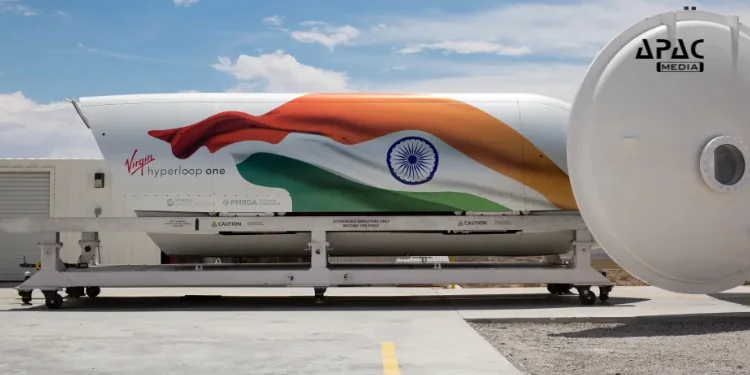

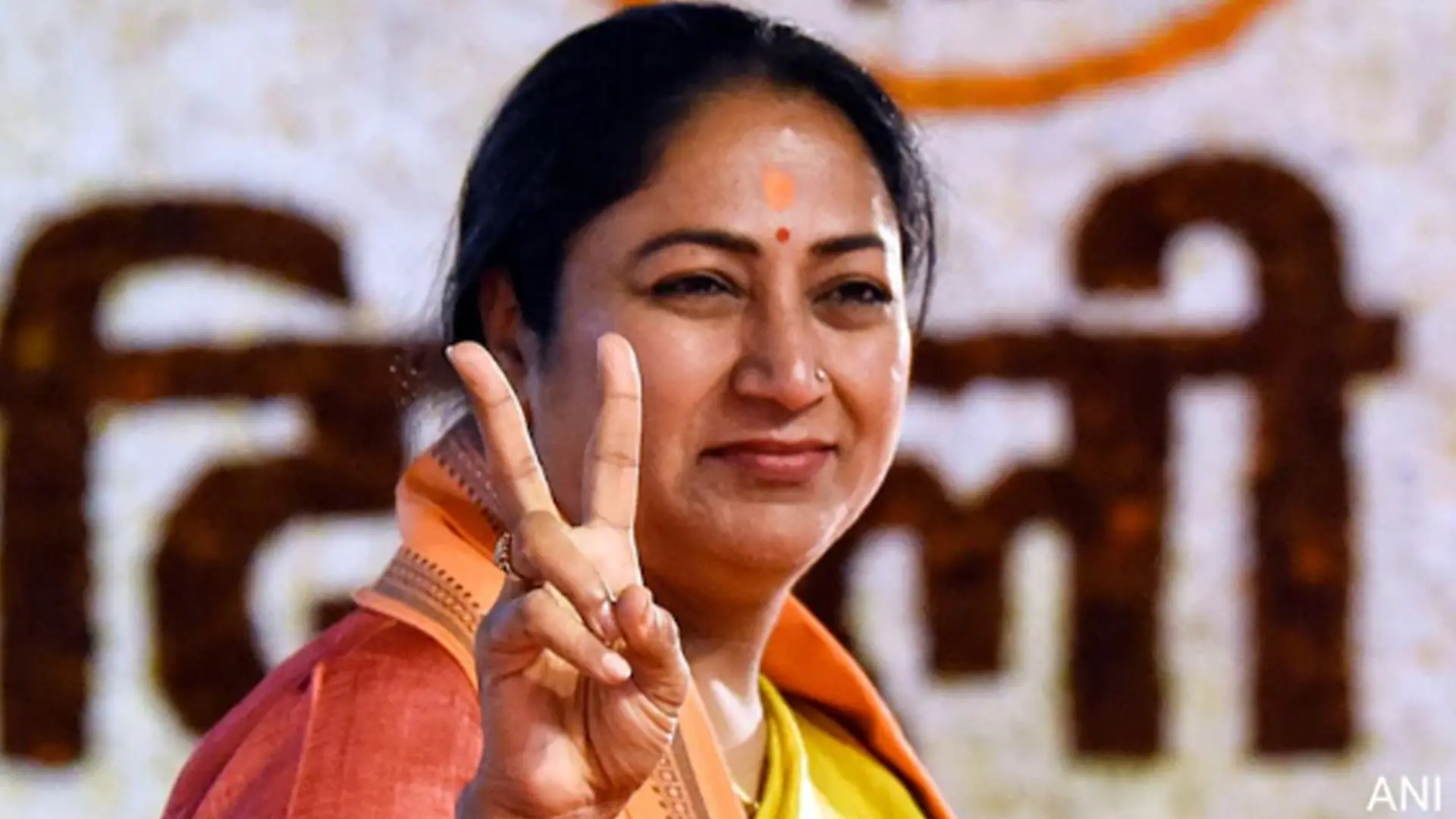



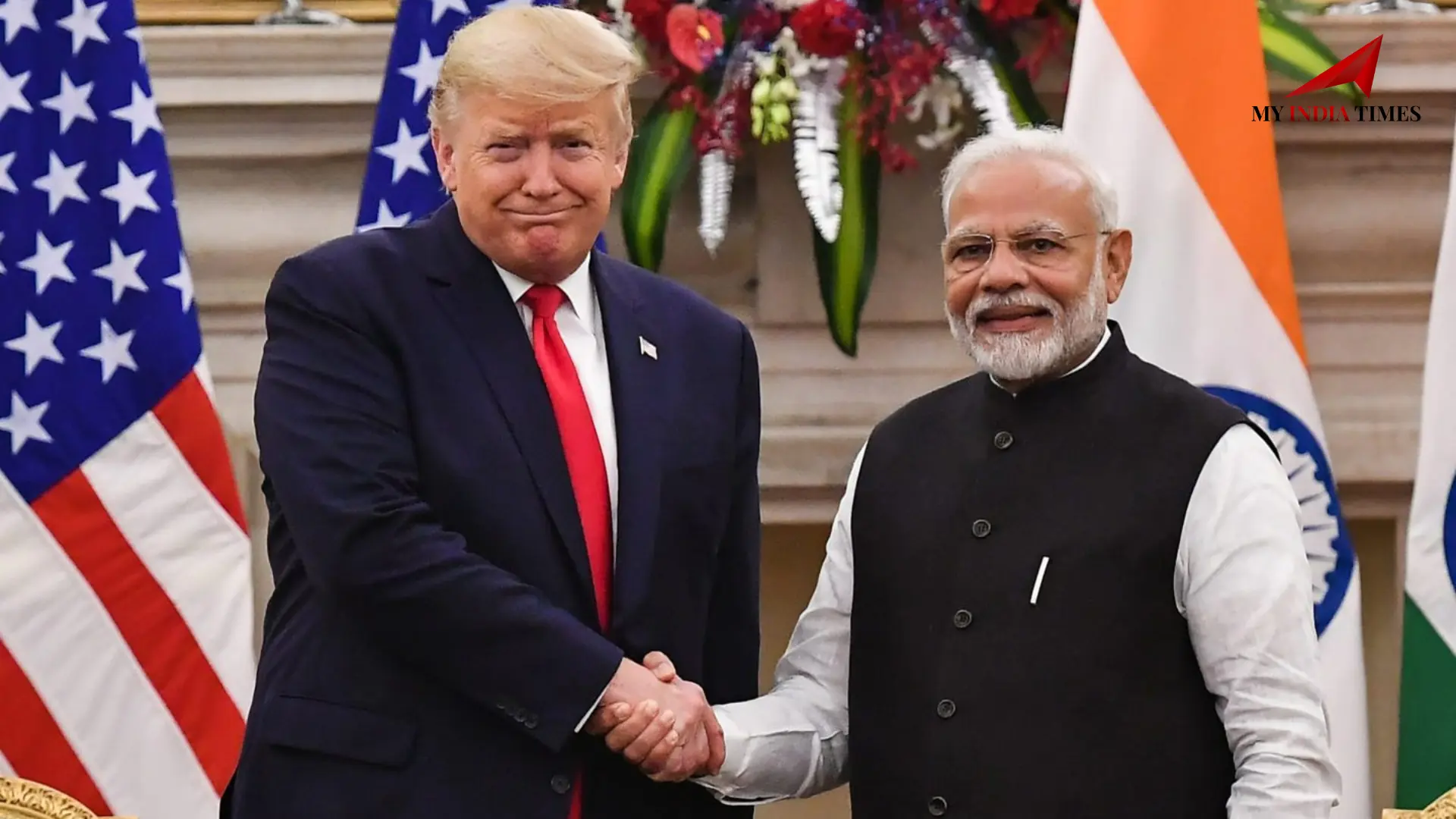
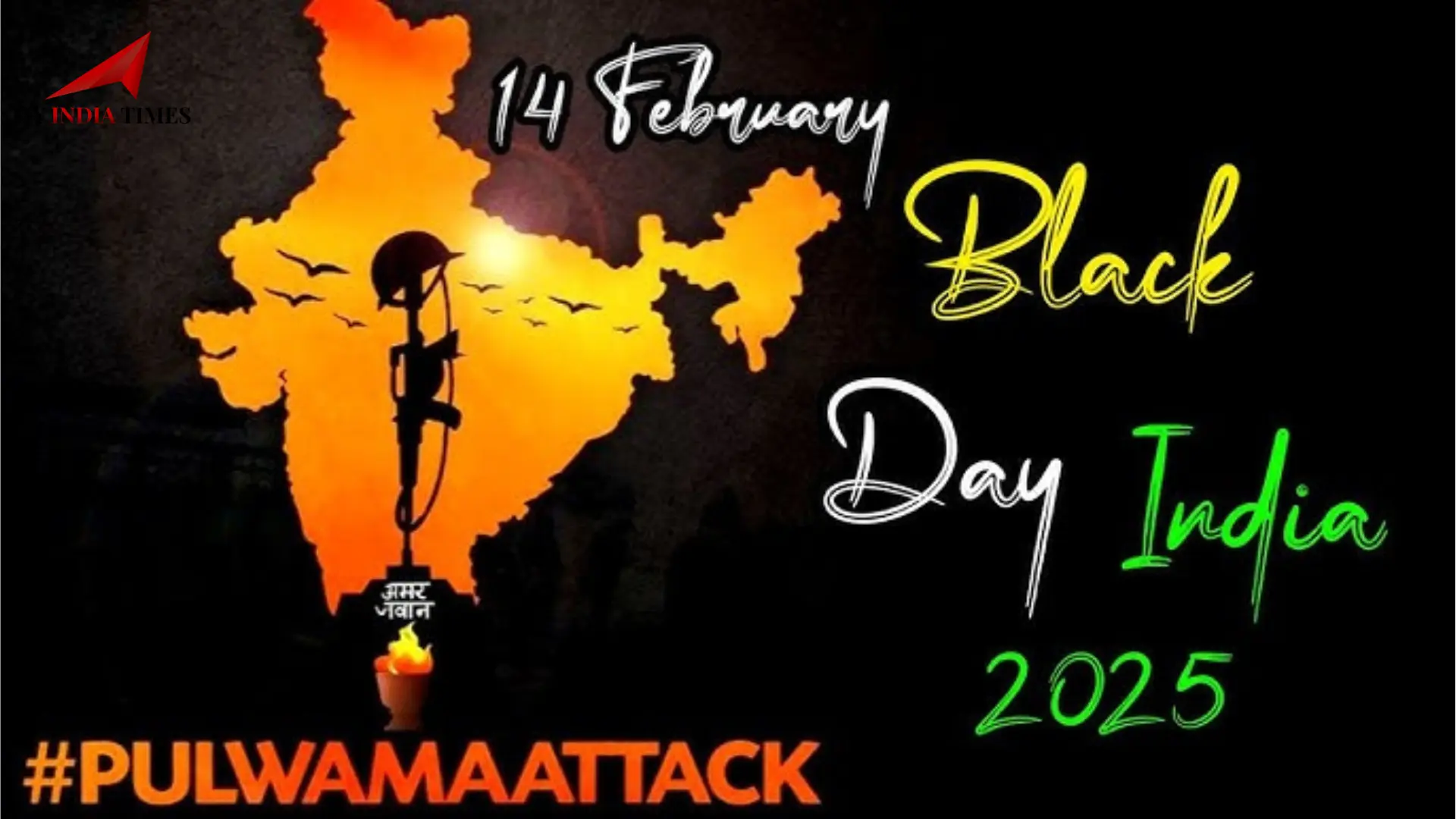
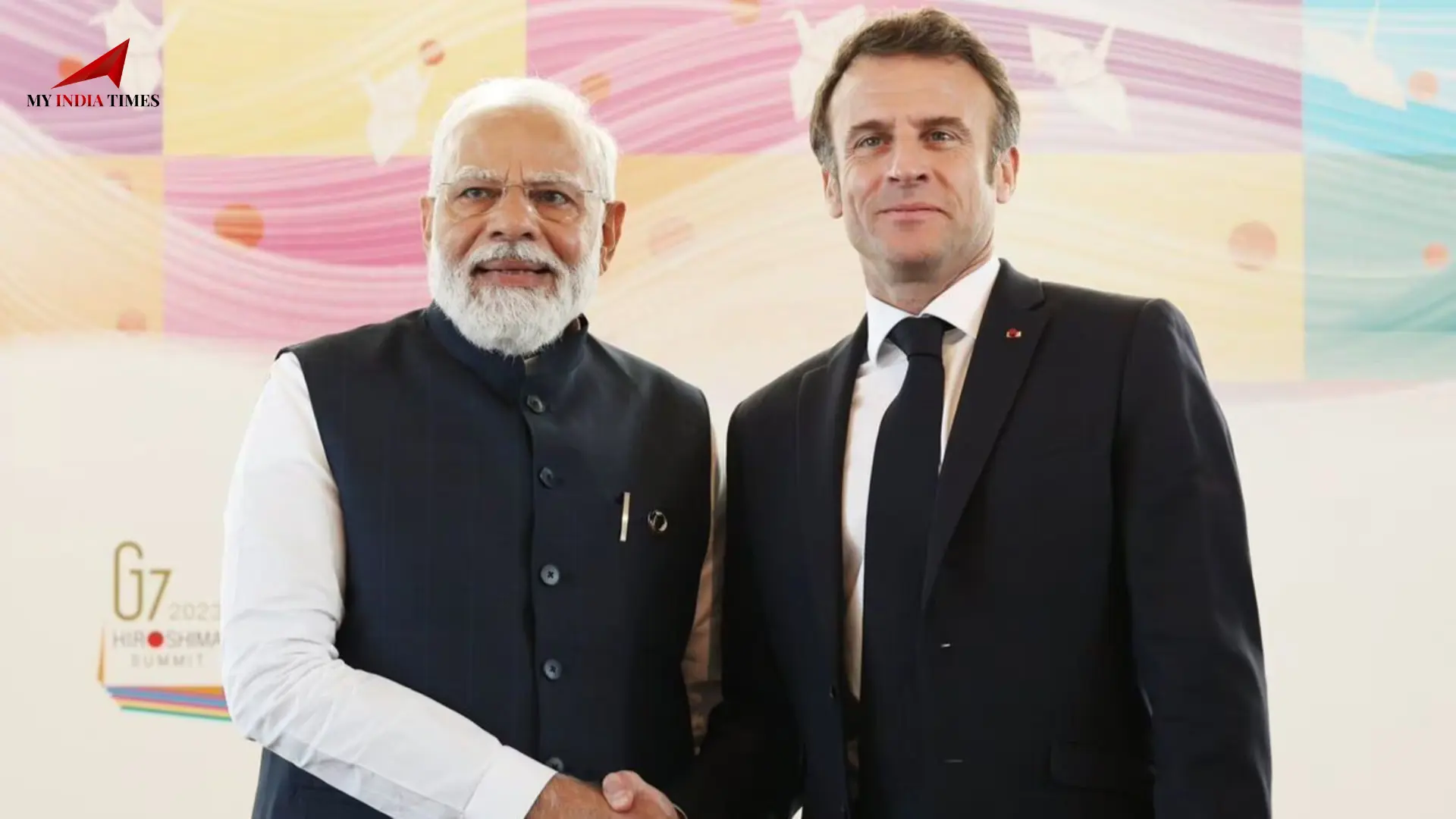






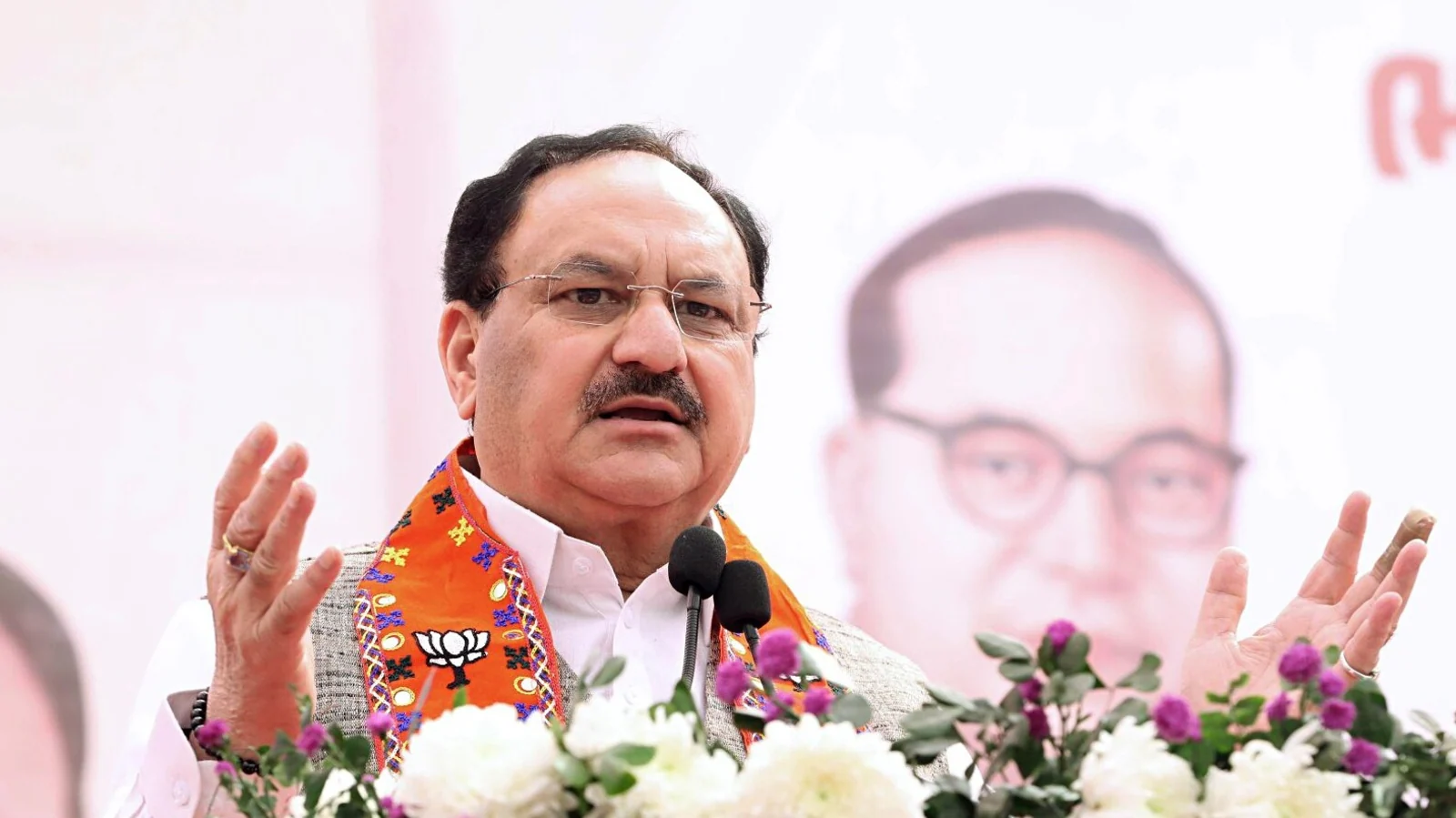
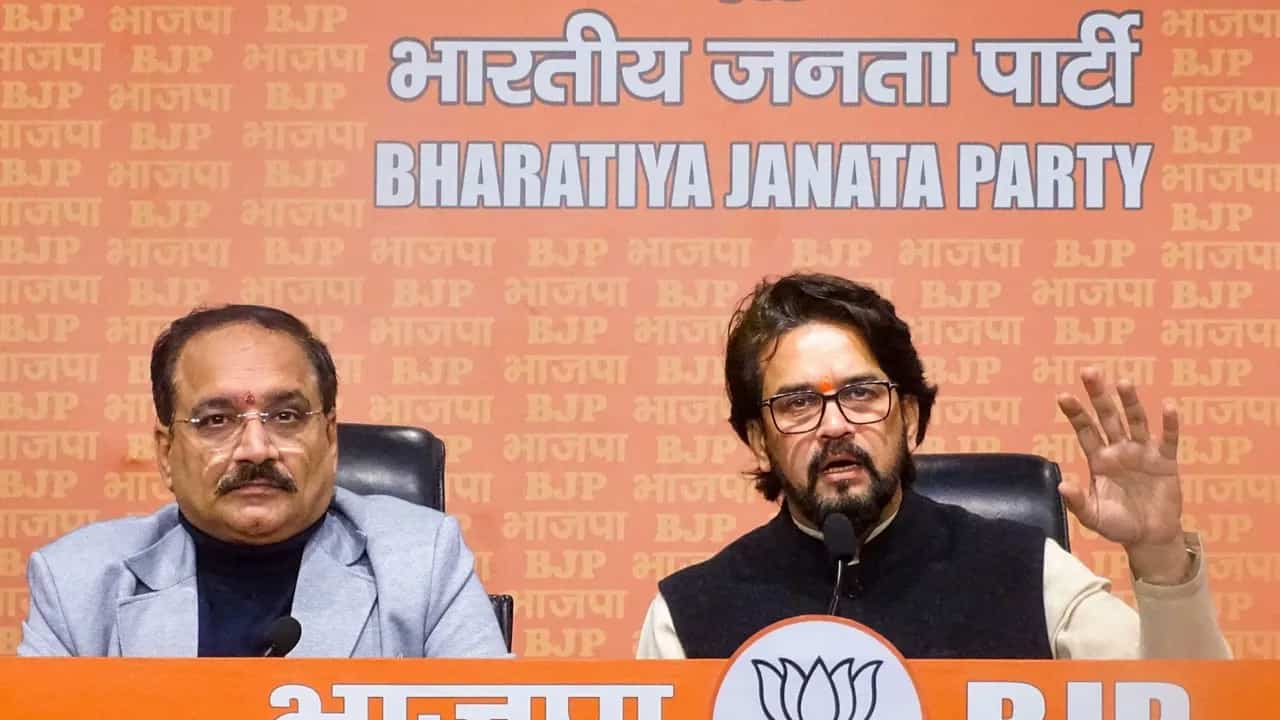


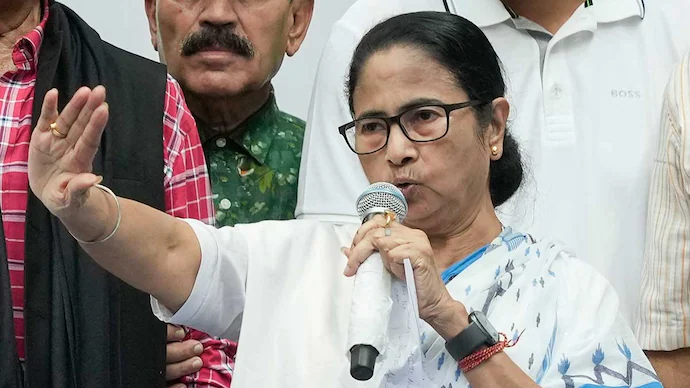











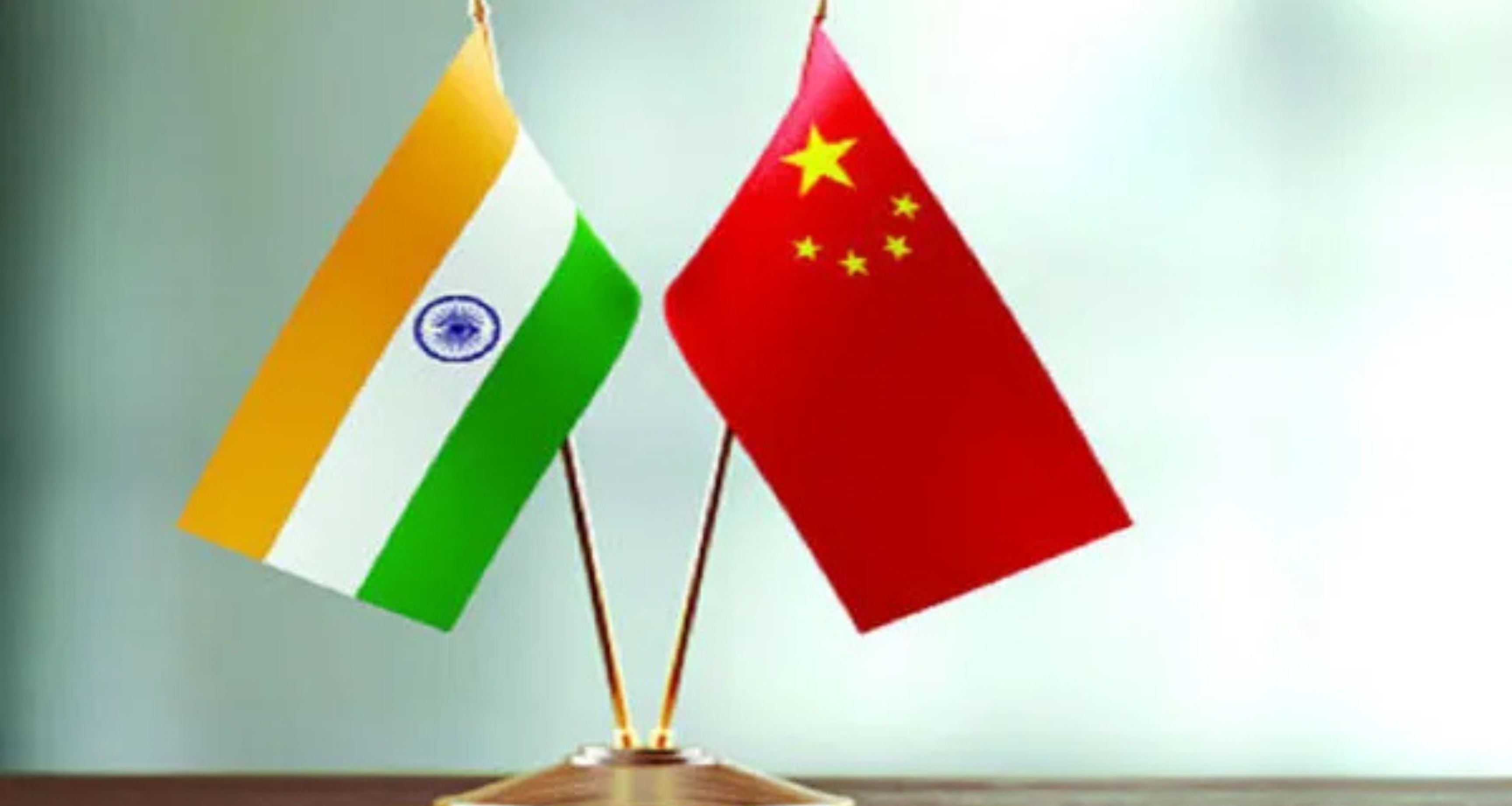

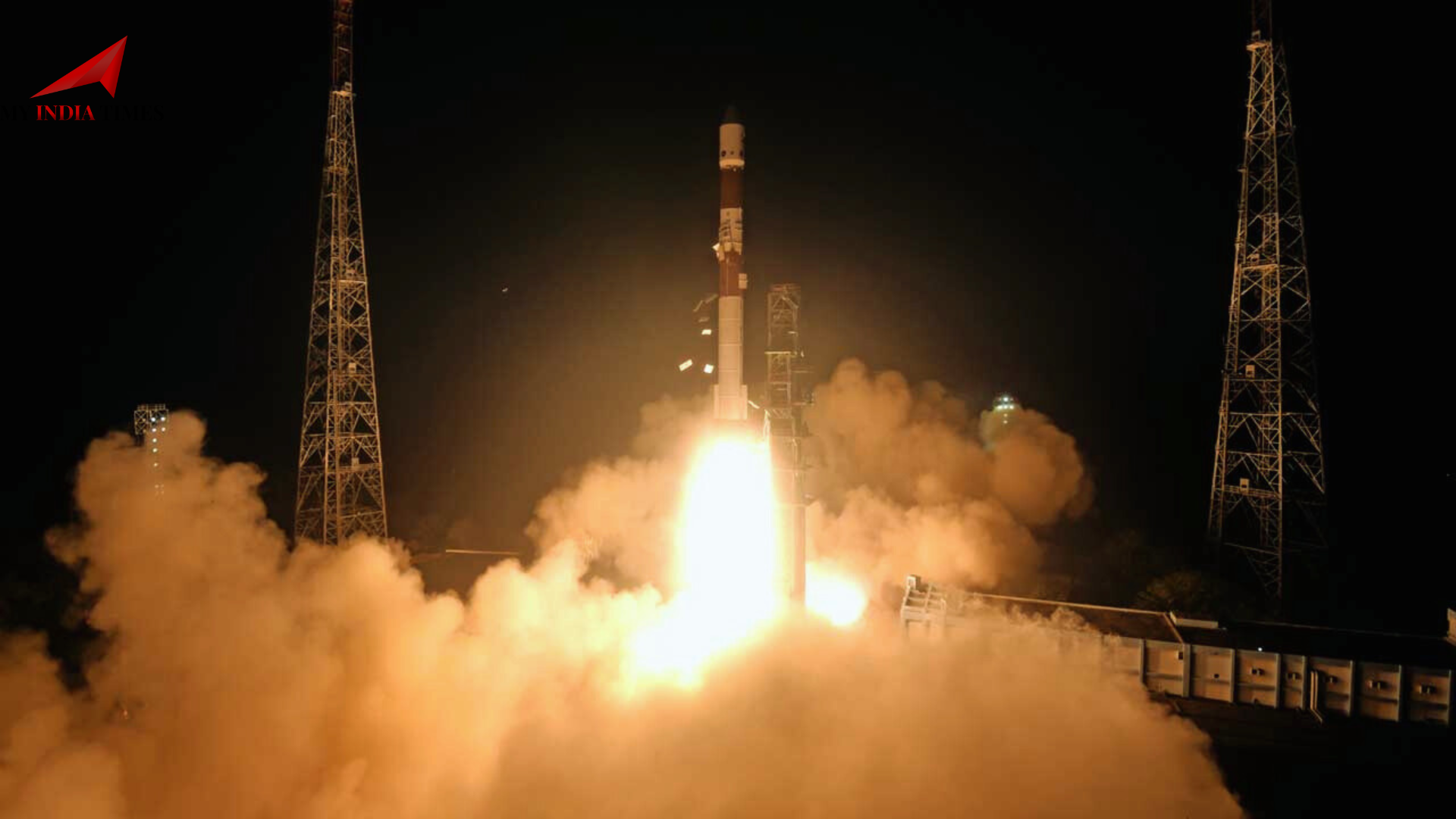




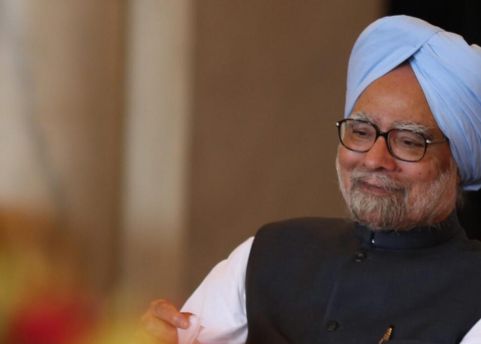









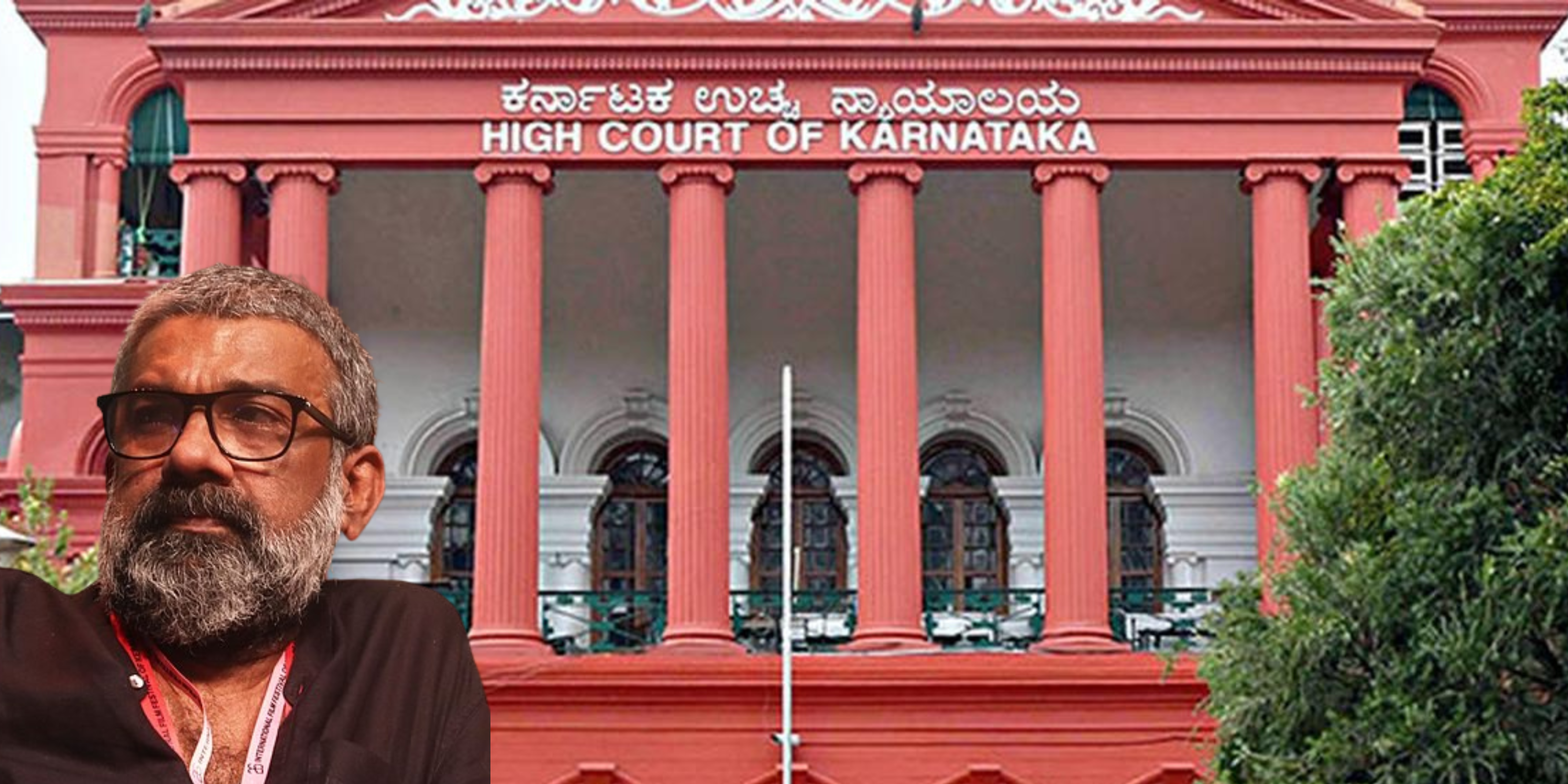
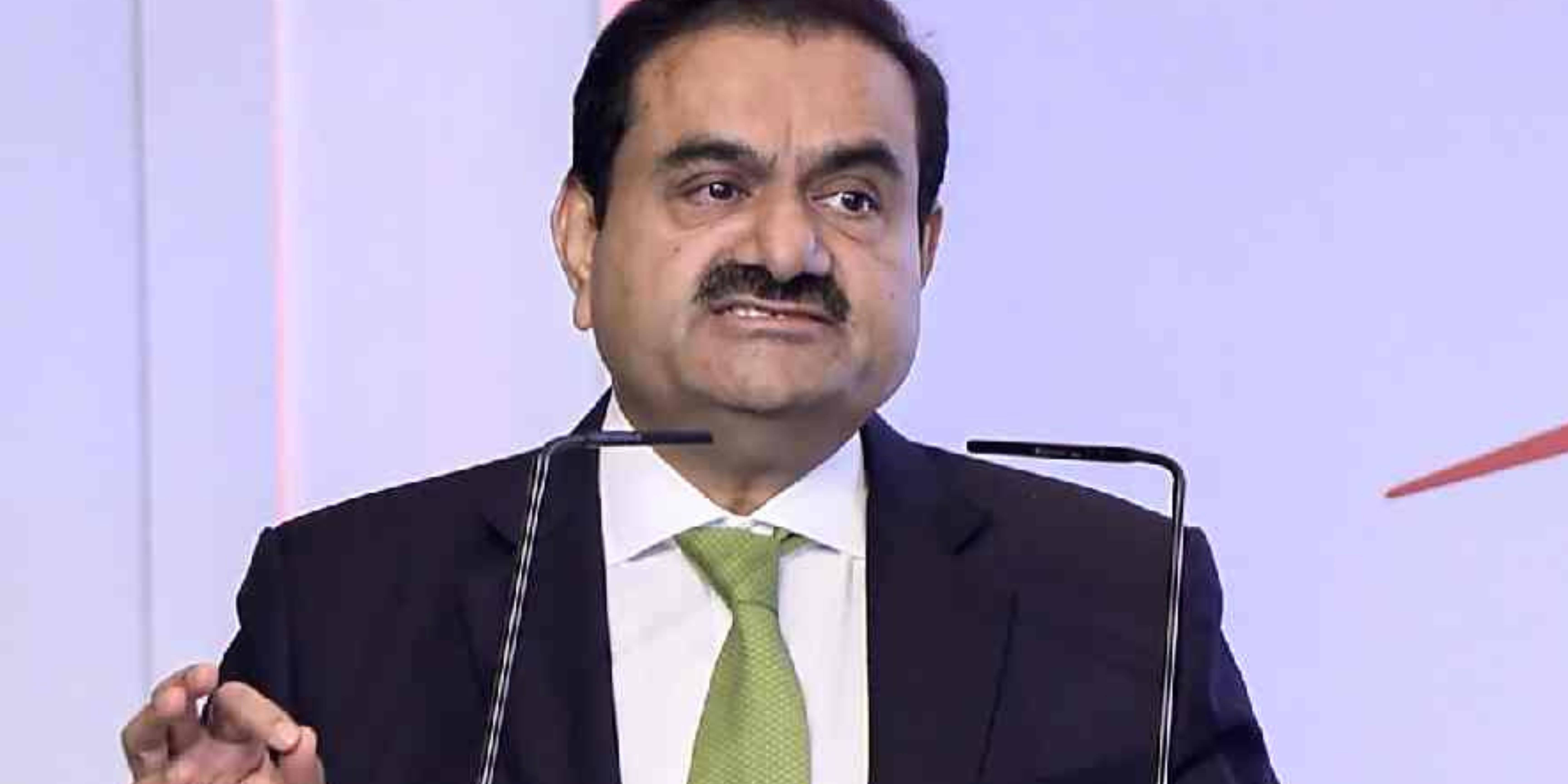



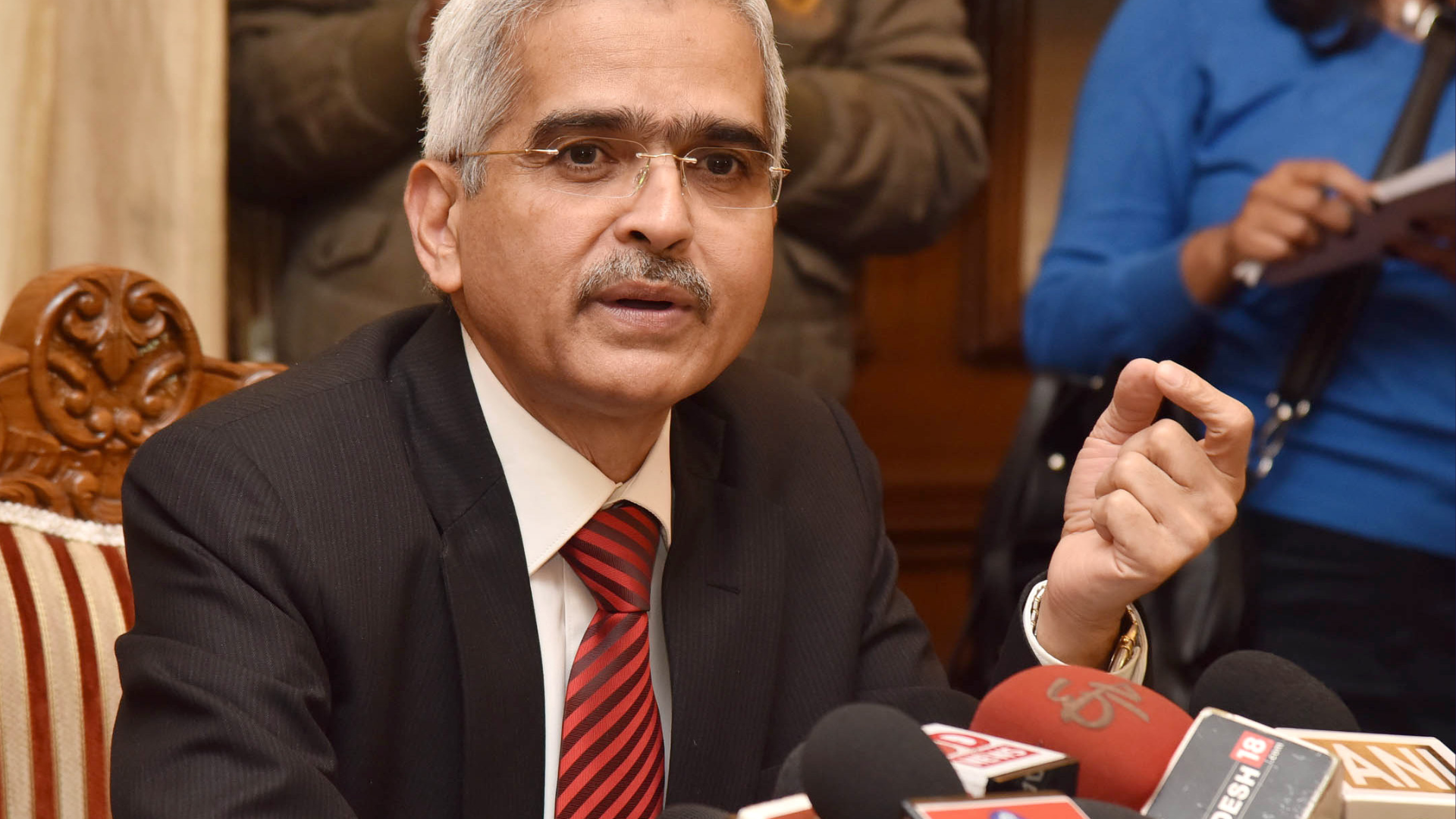







.png)
 (1).png)

